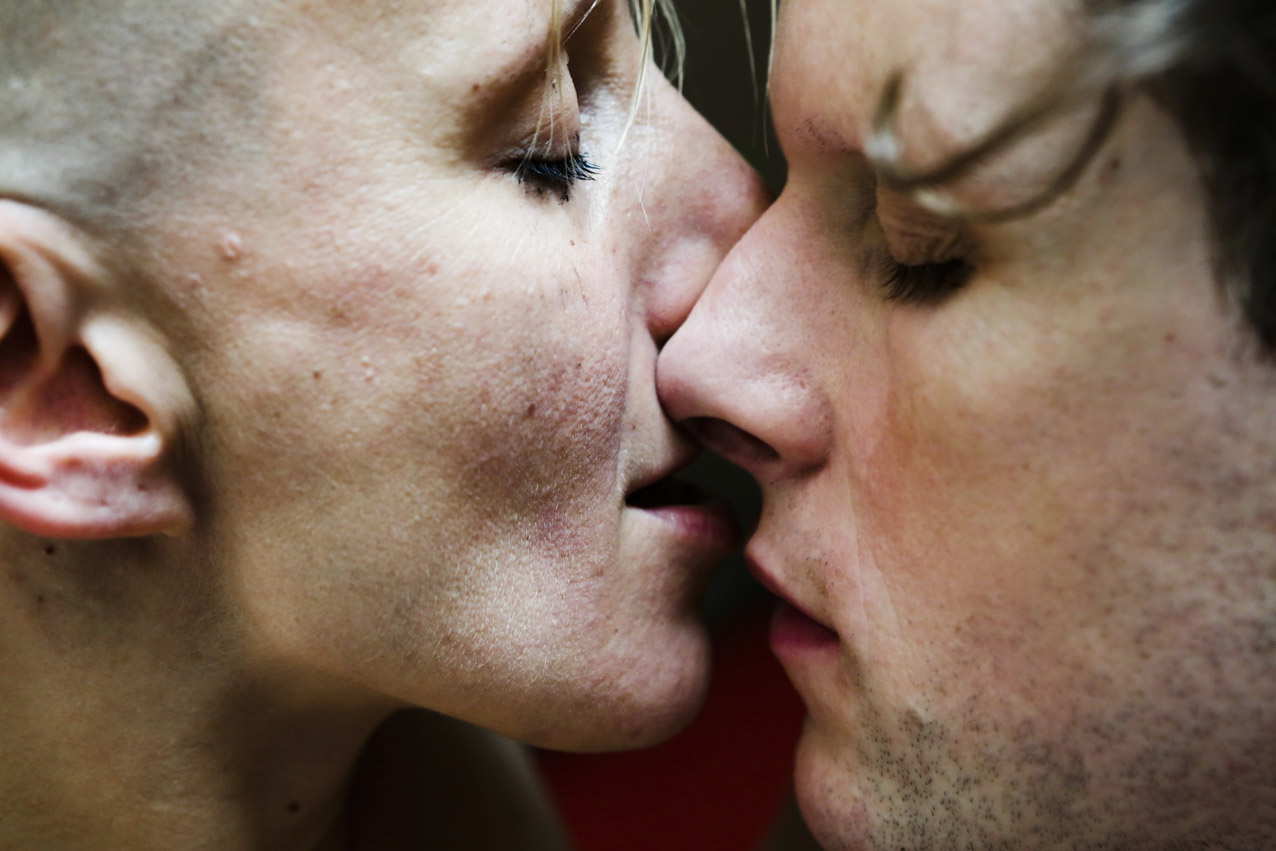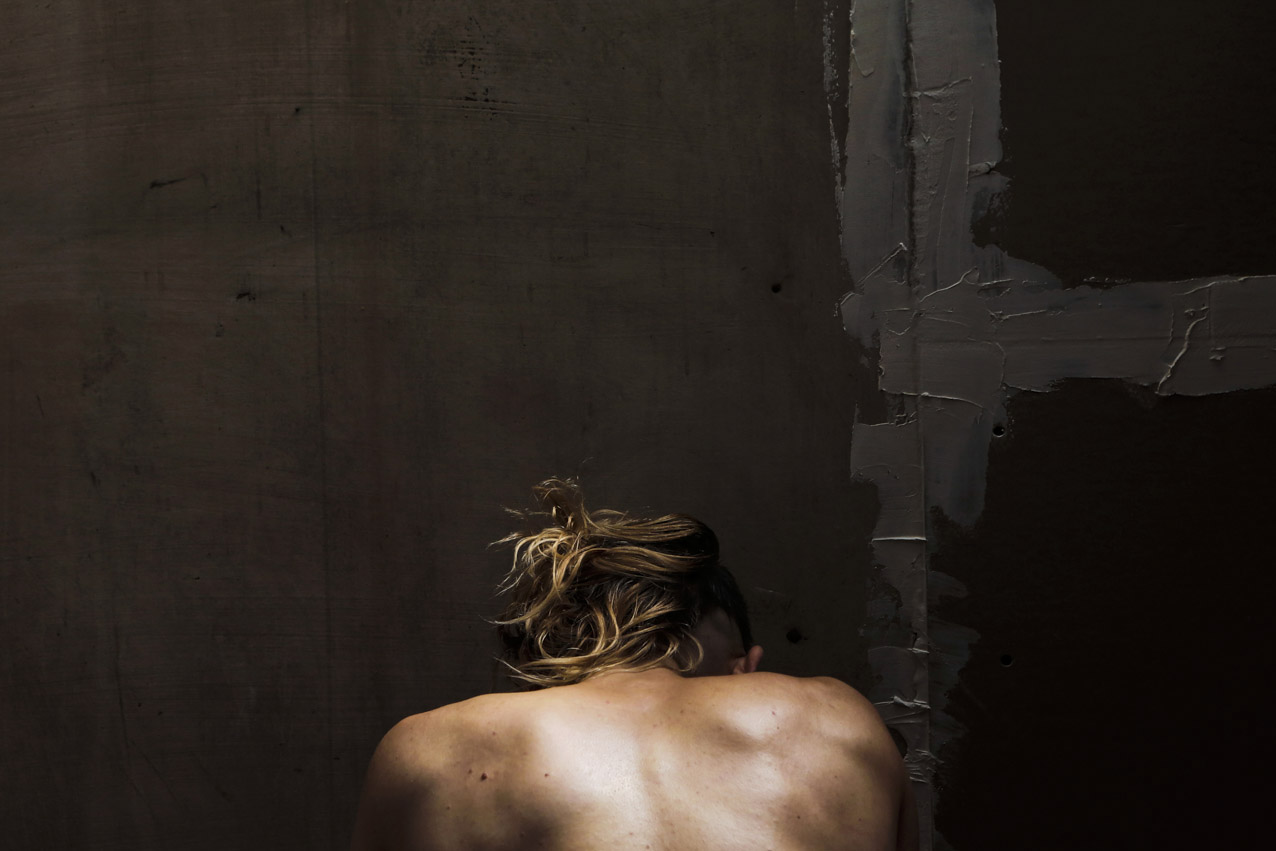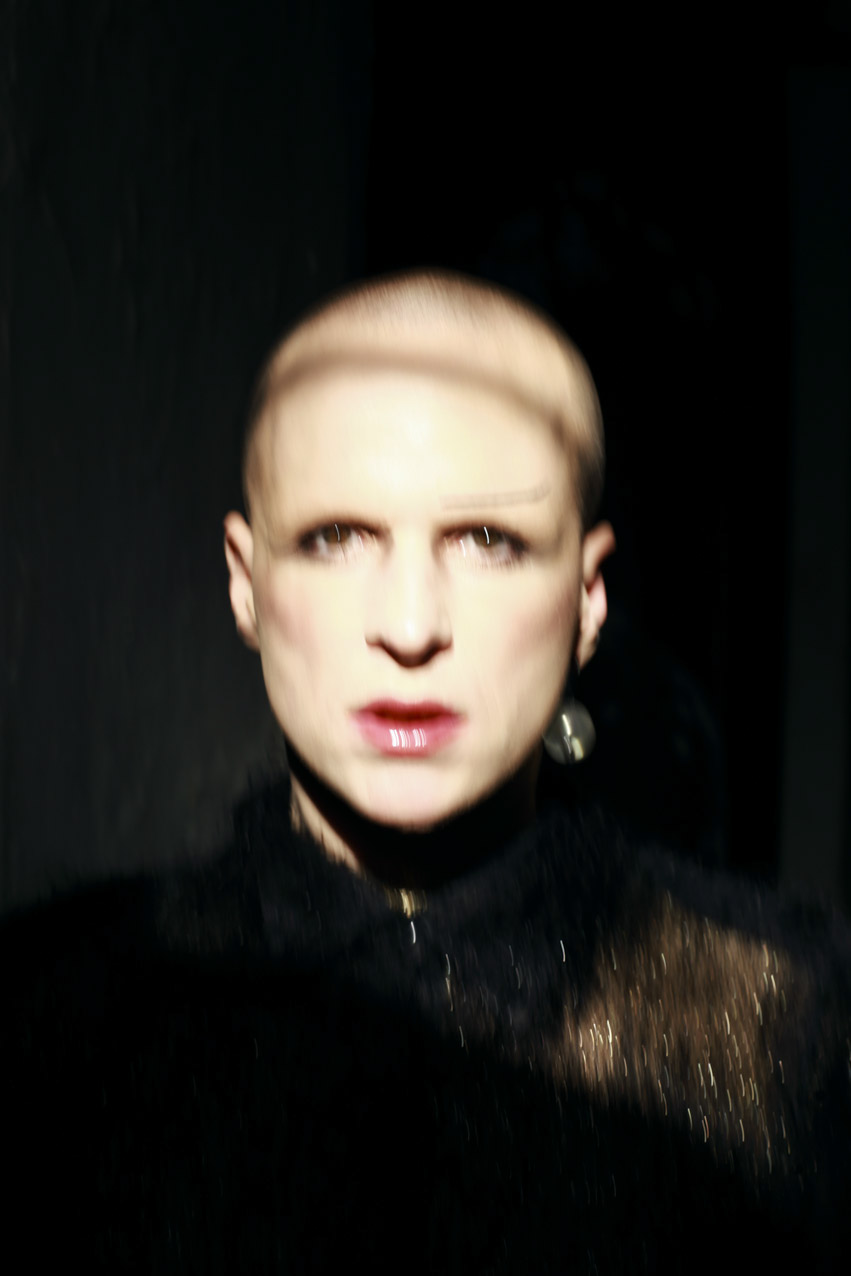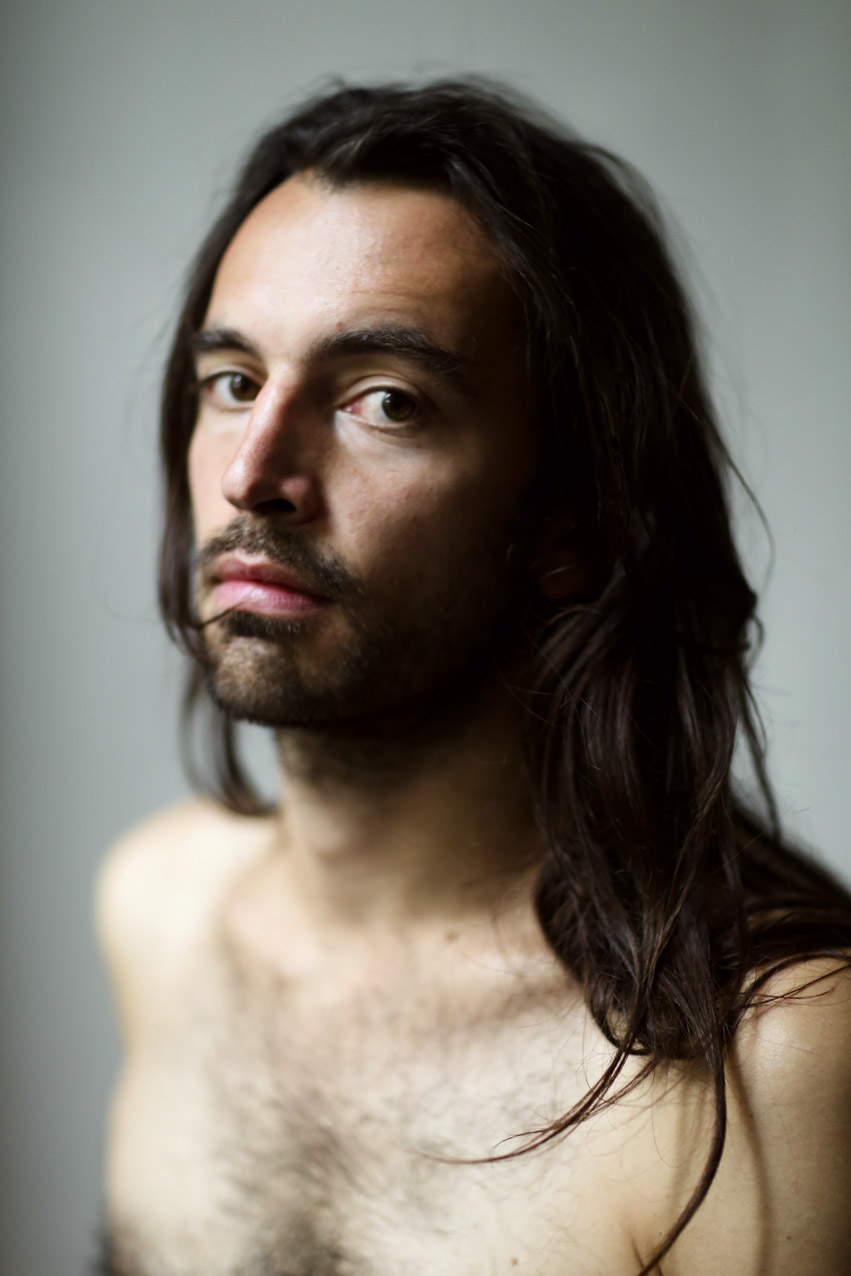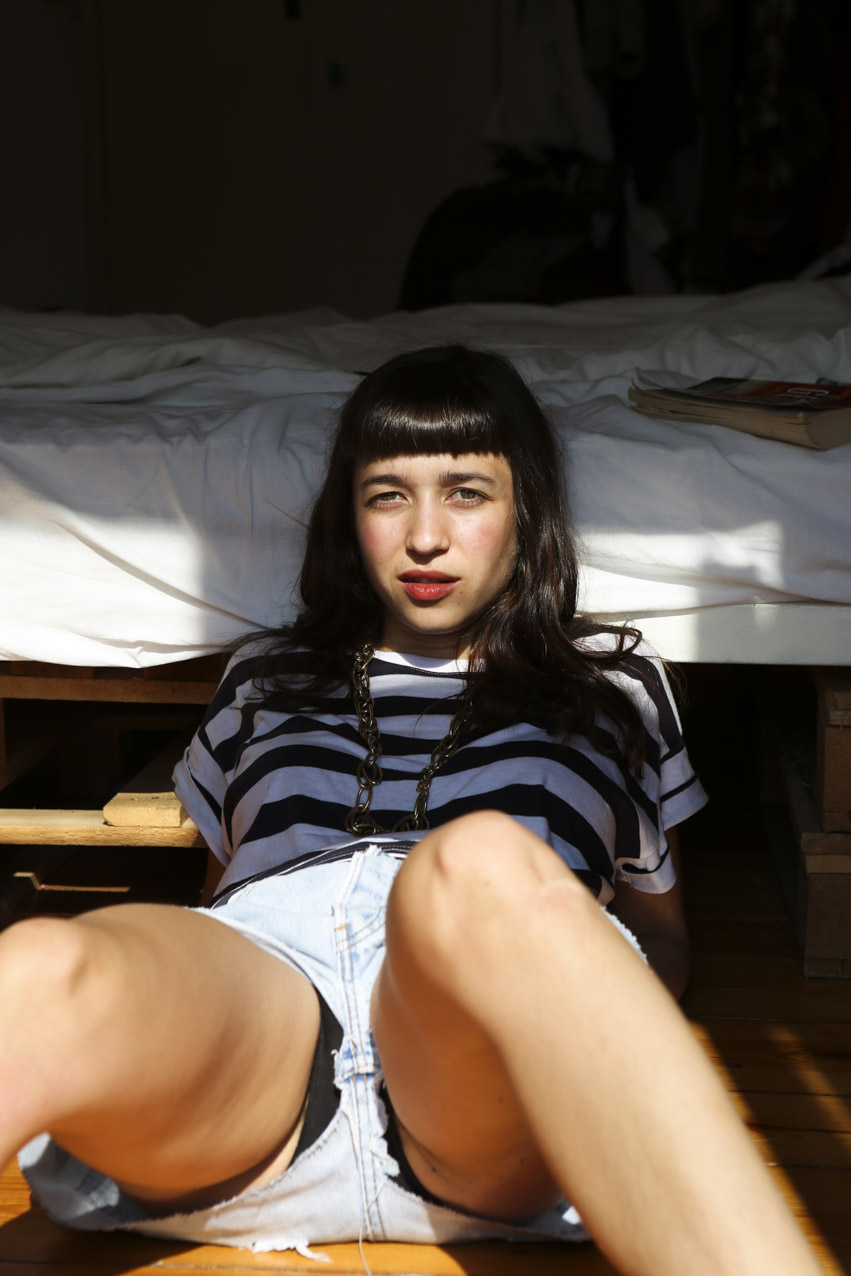“We were a three person family before you were born and we were a three person family after he left.”

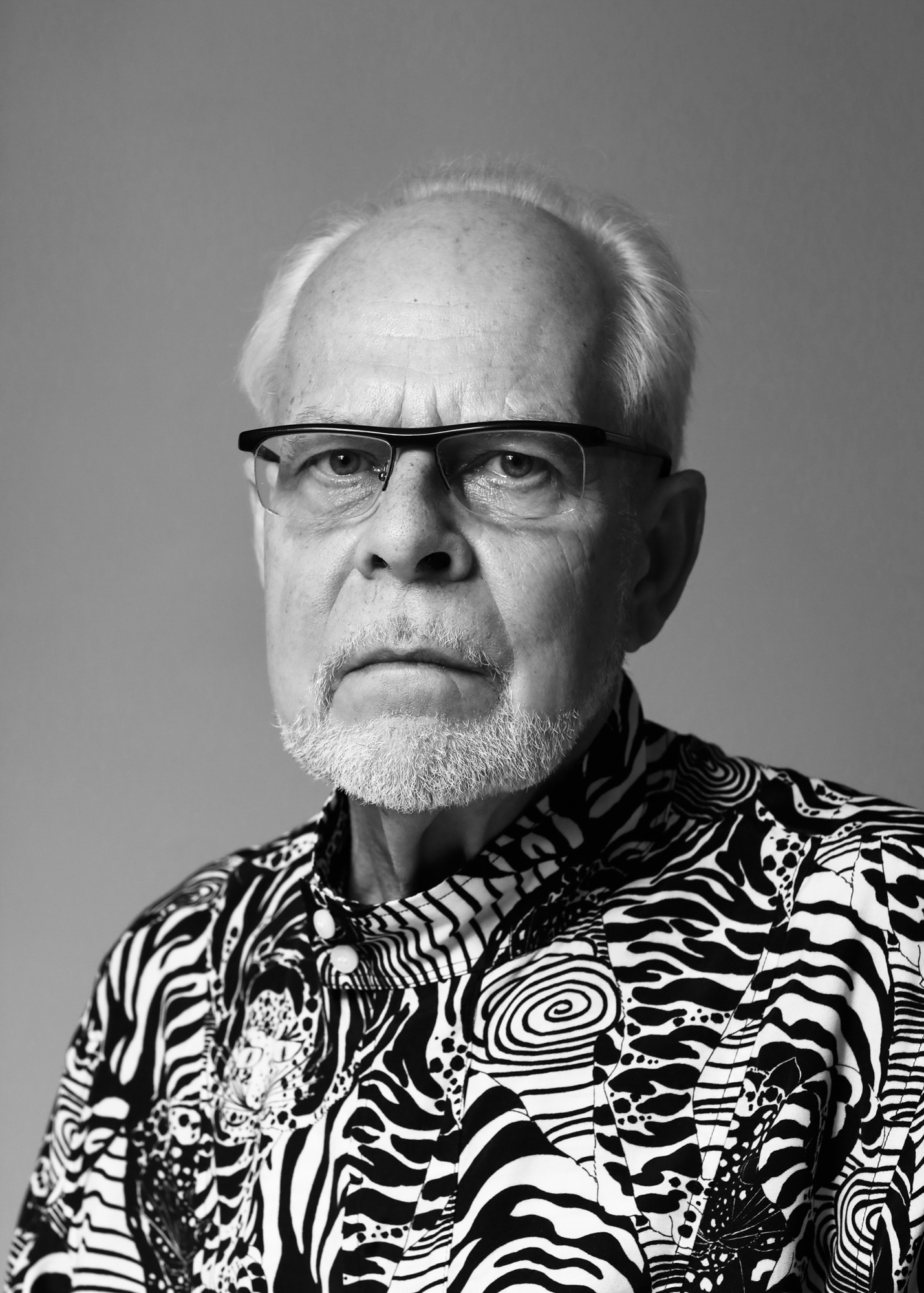


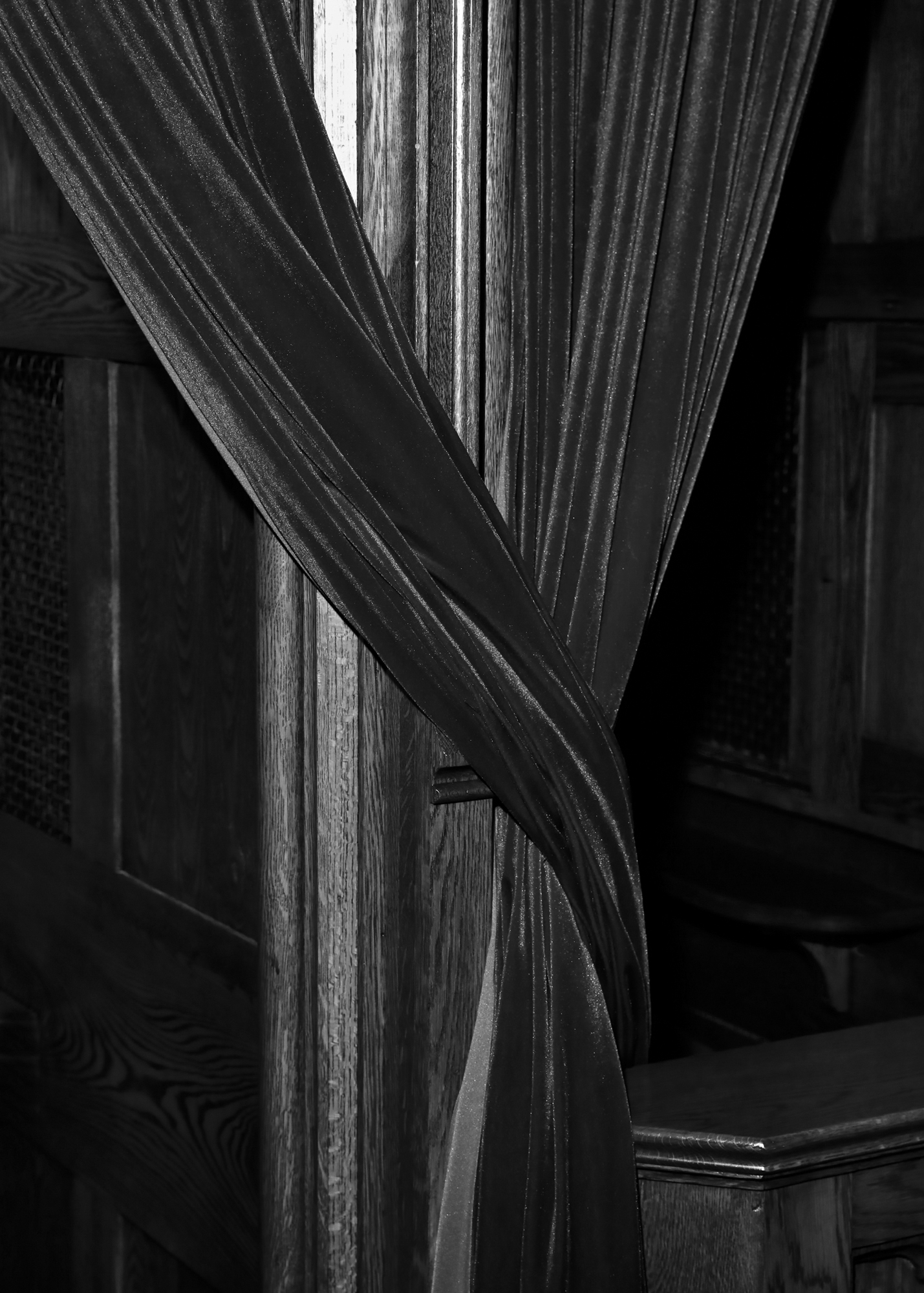

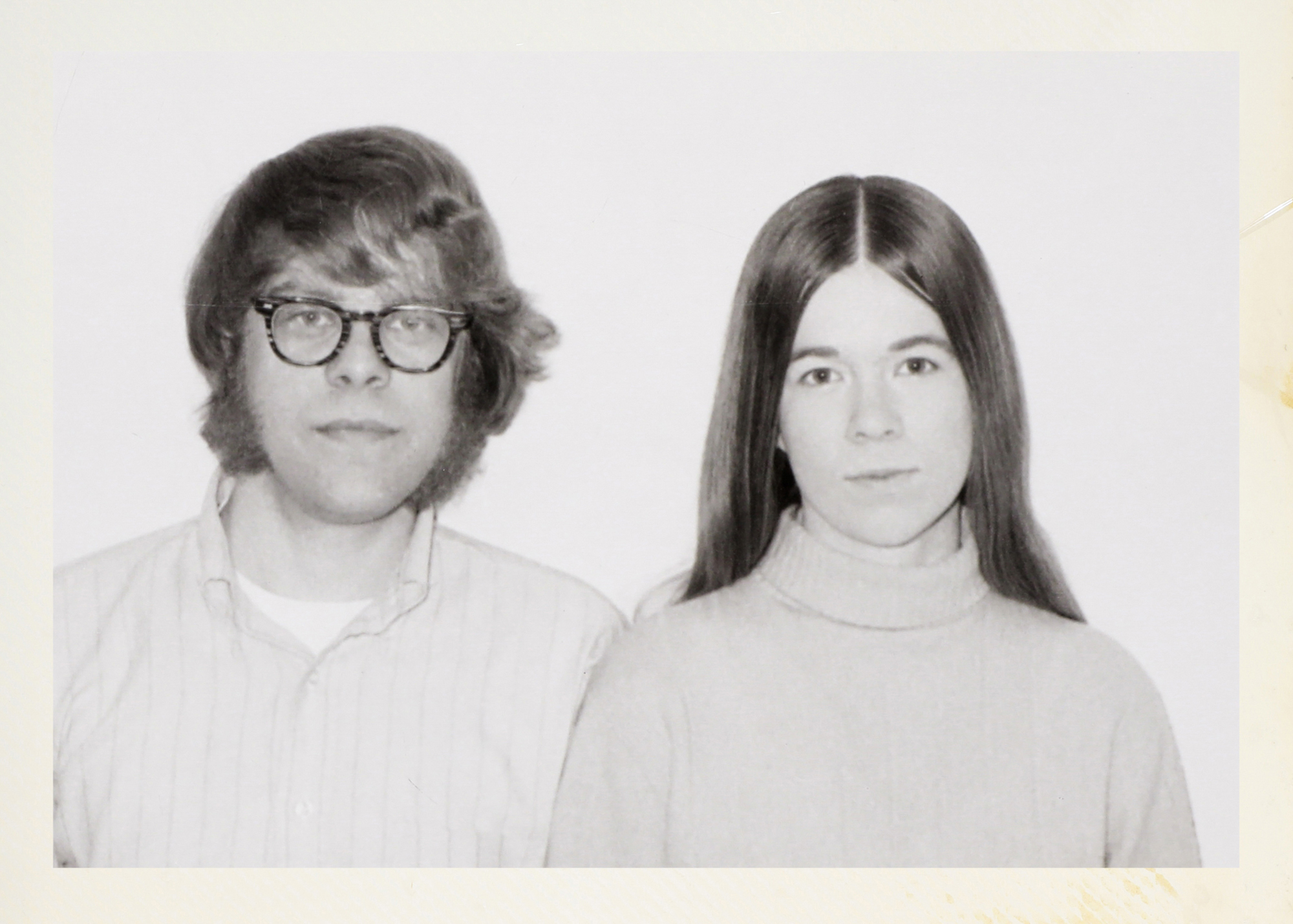

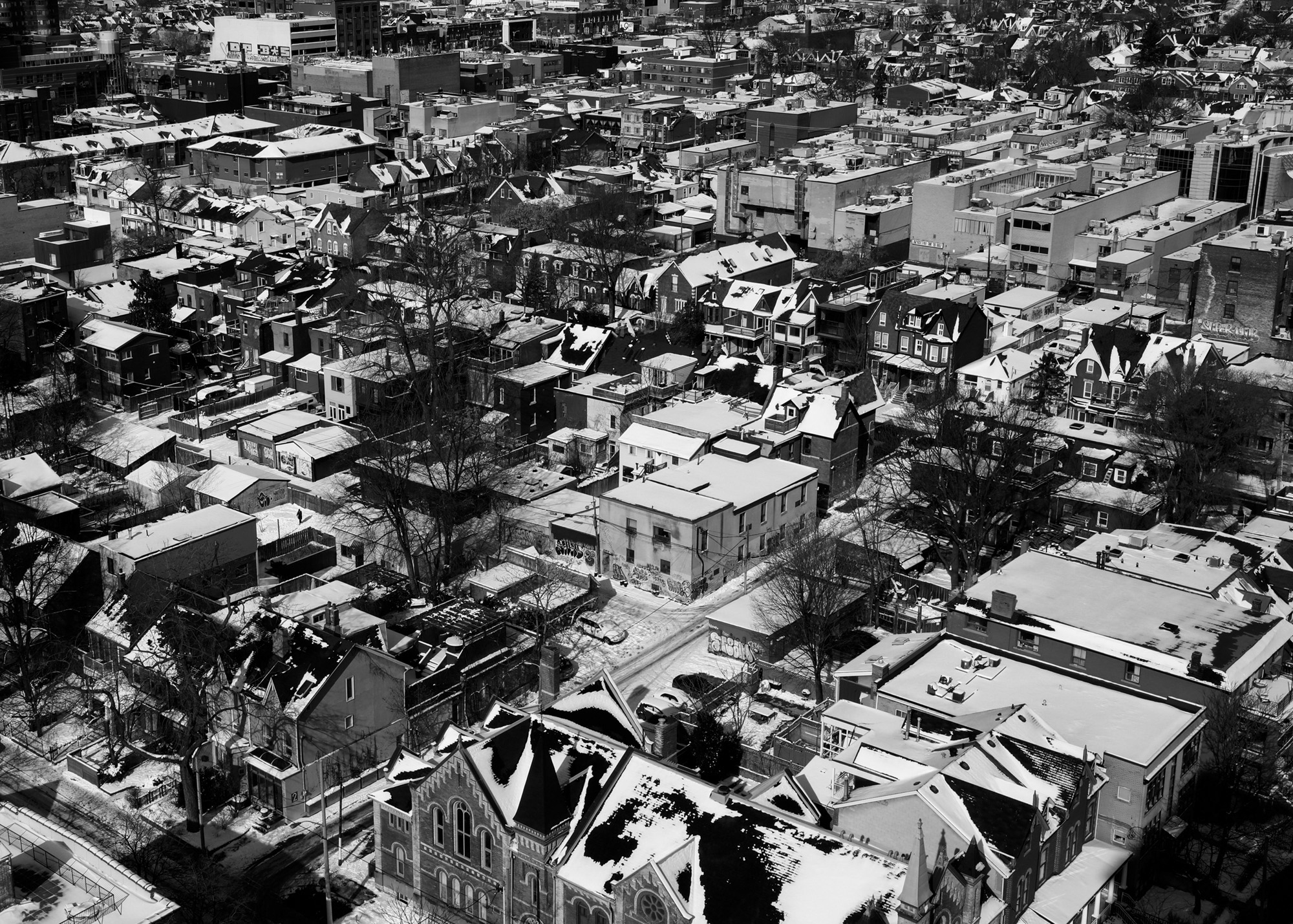
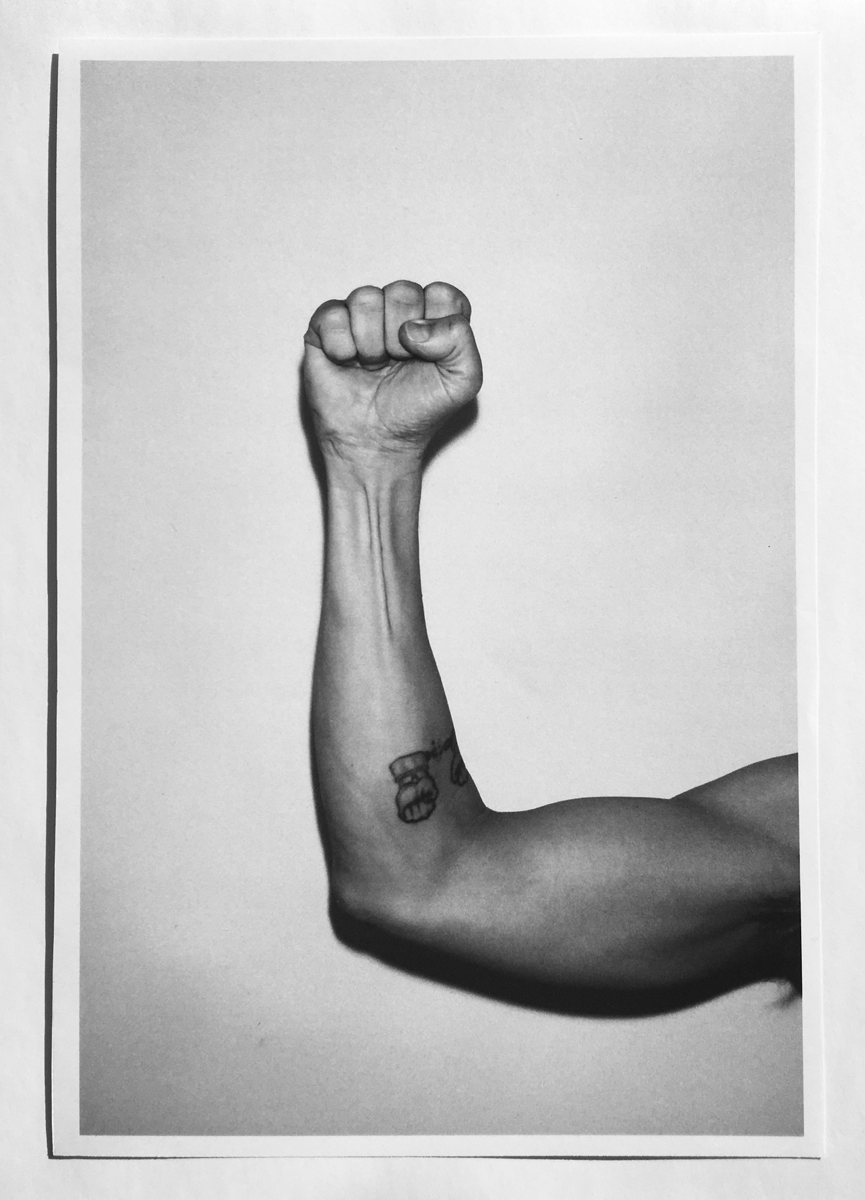
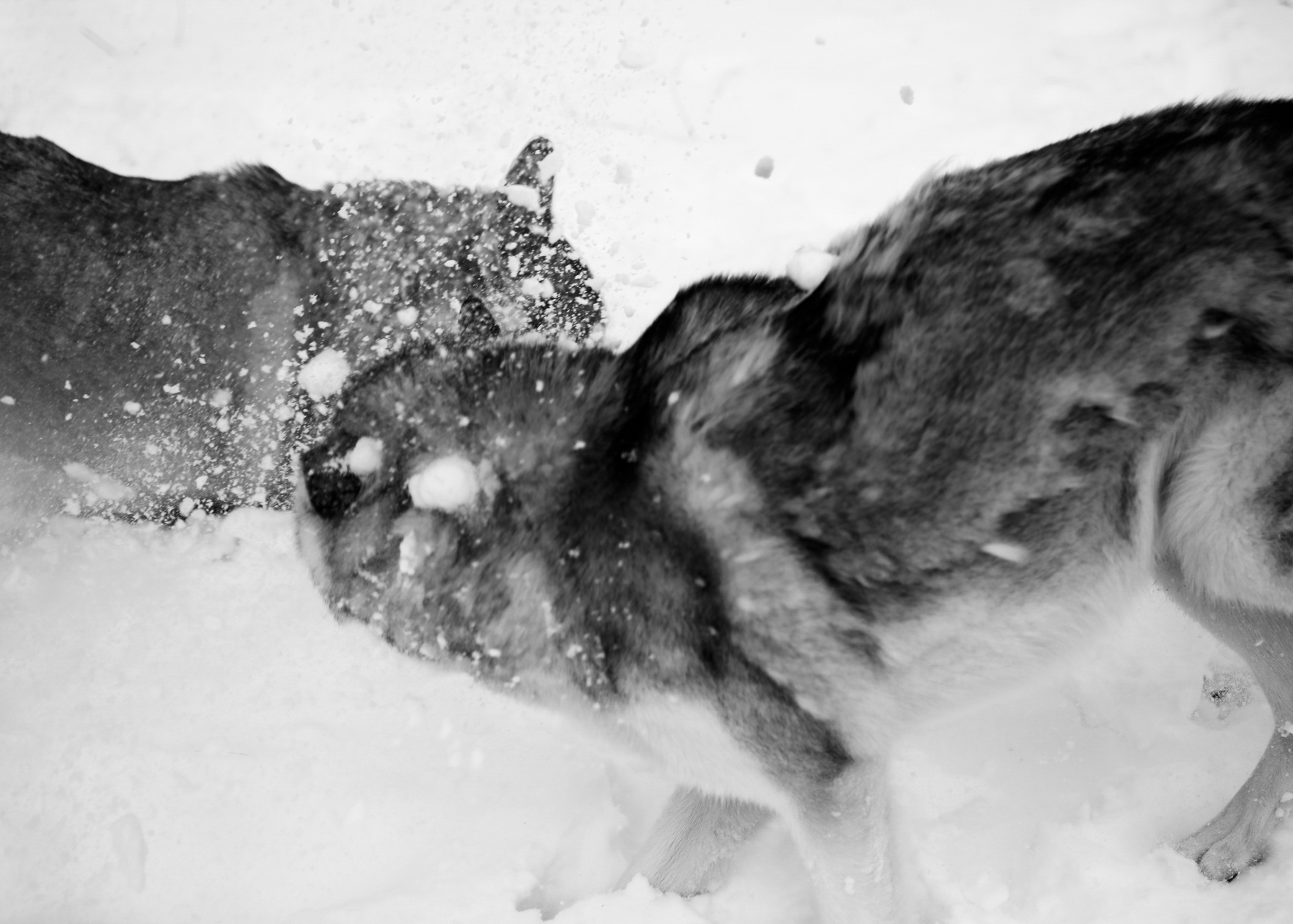


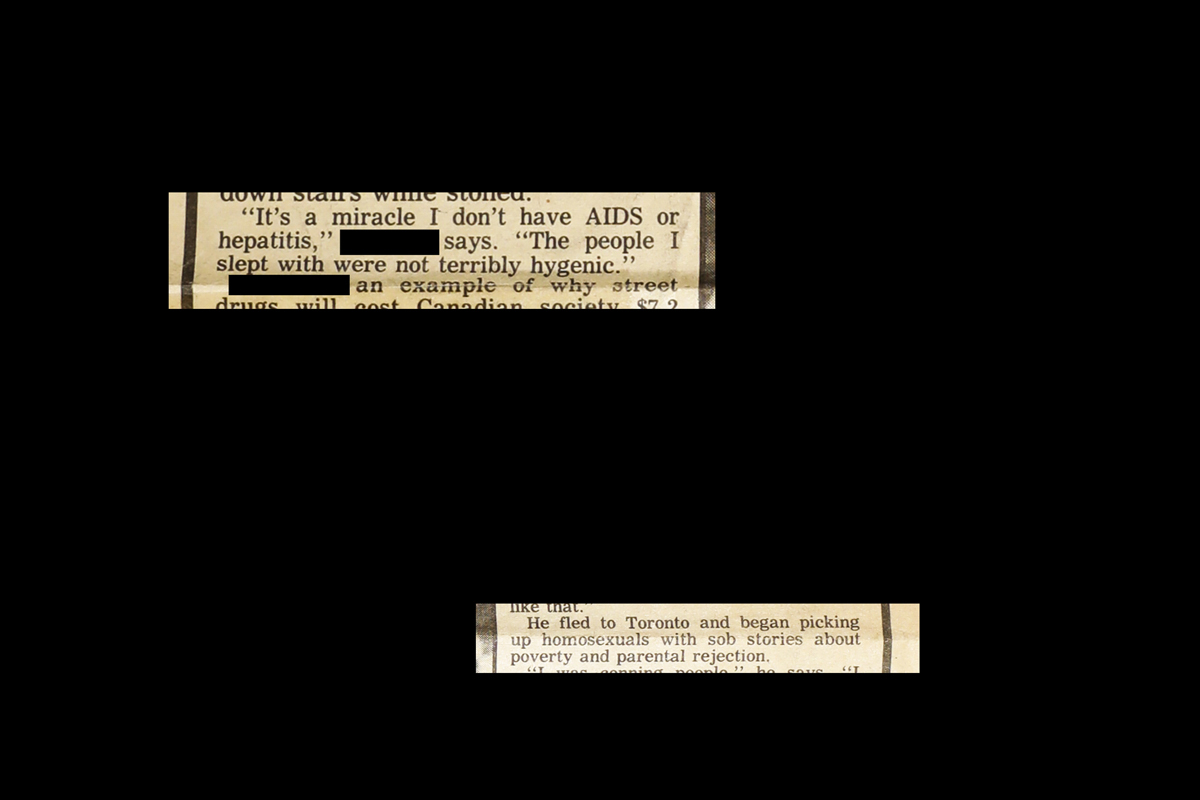
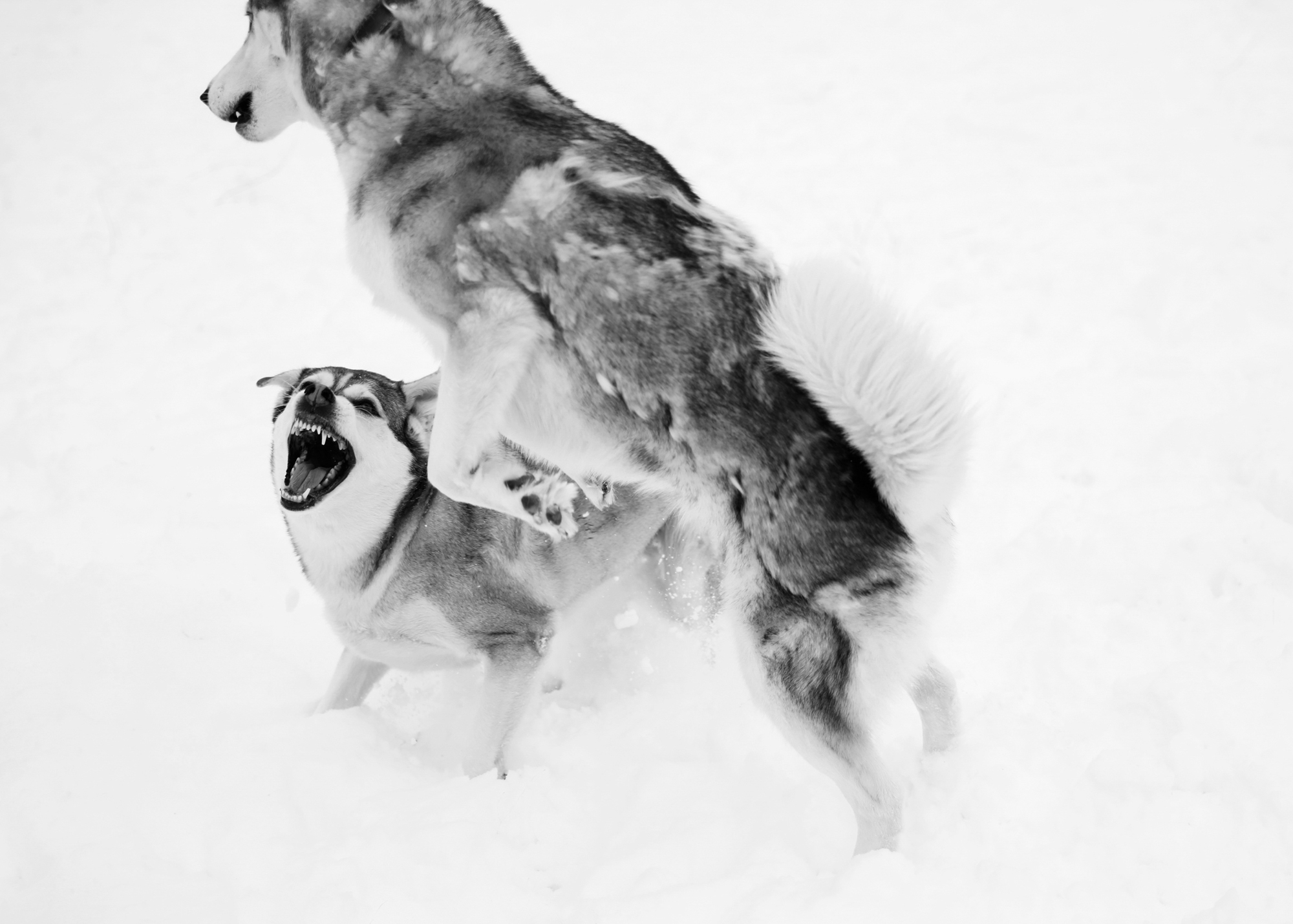


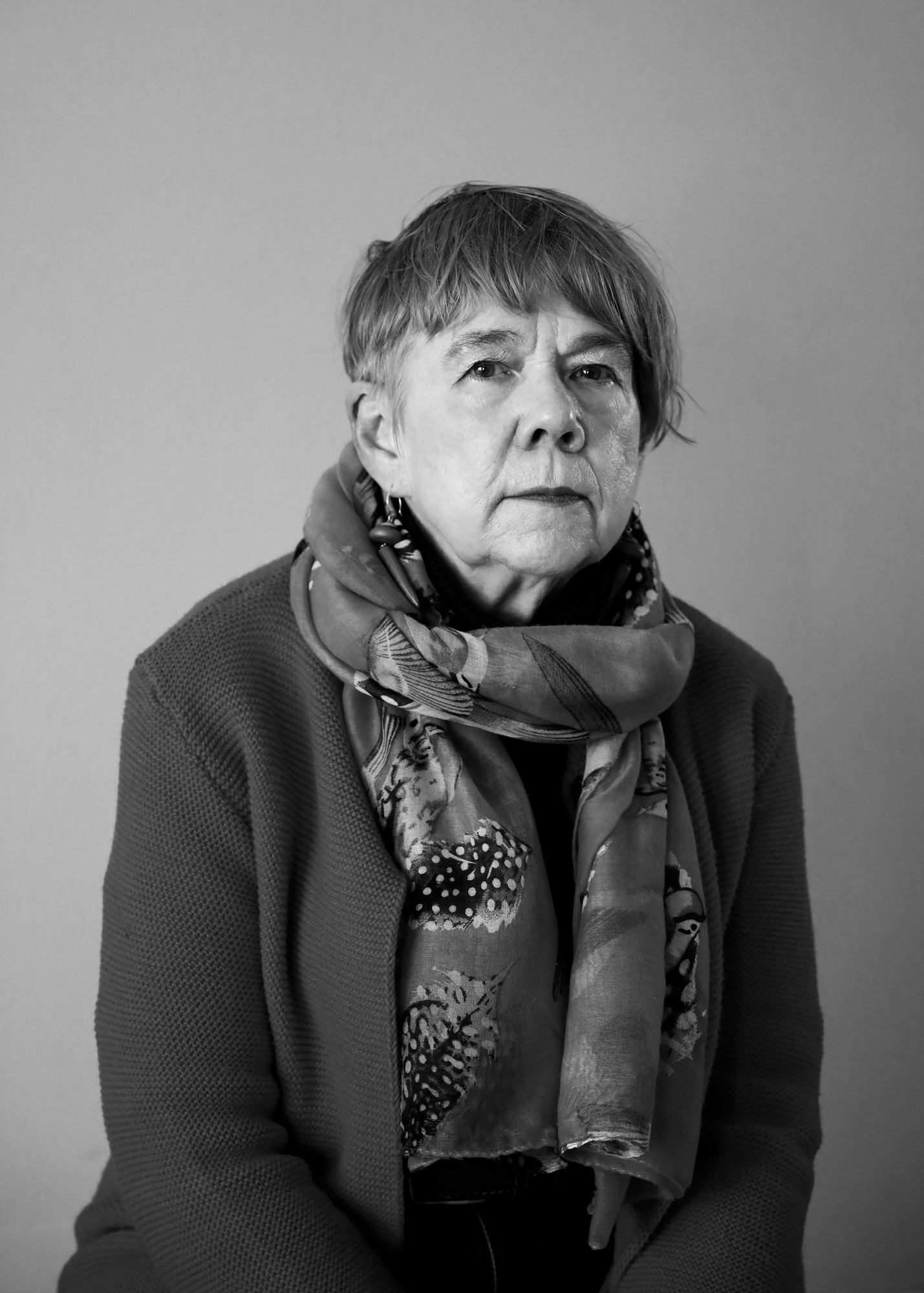

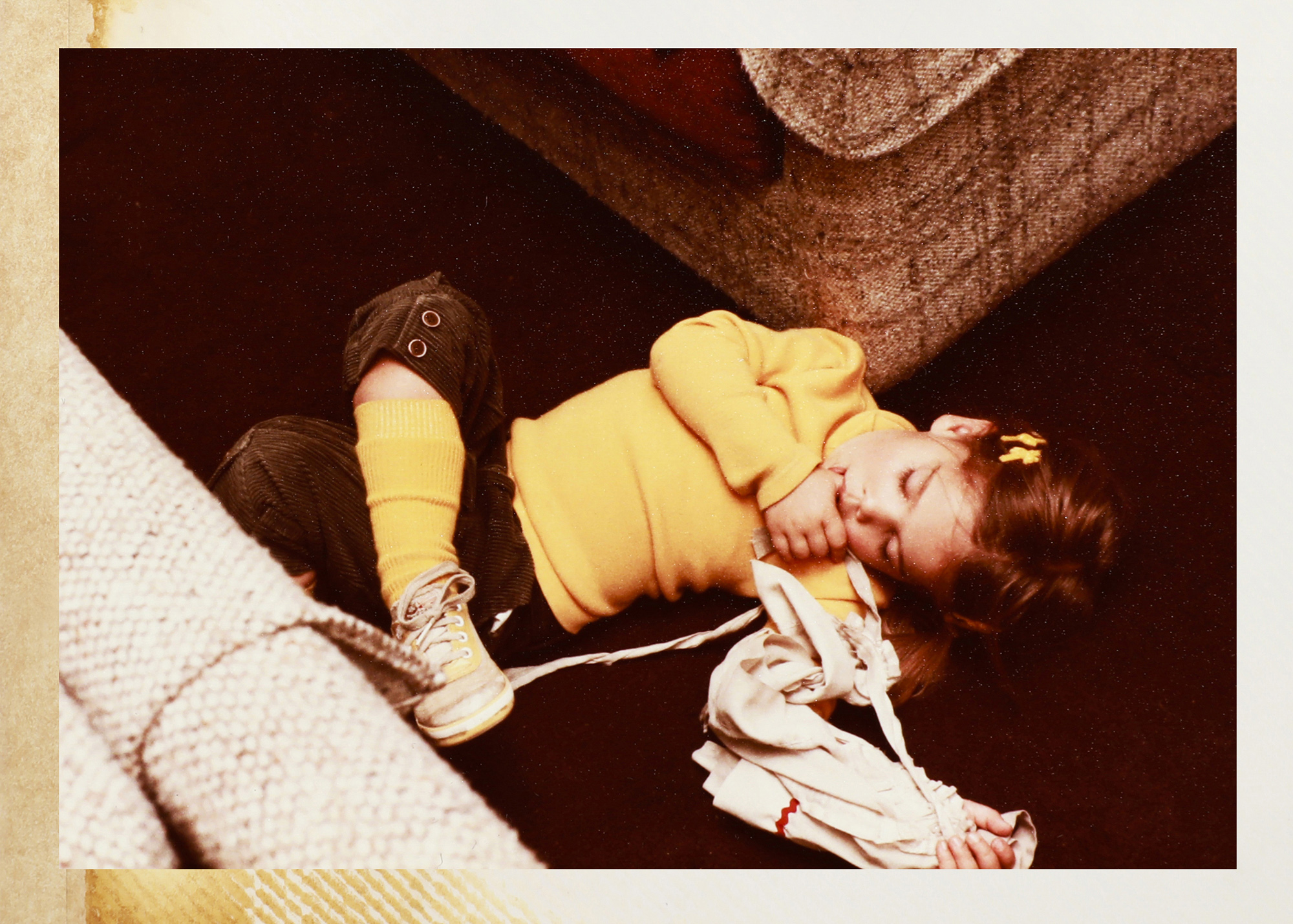
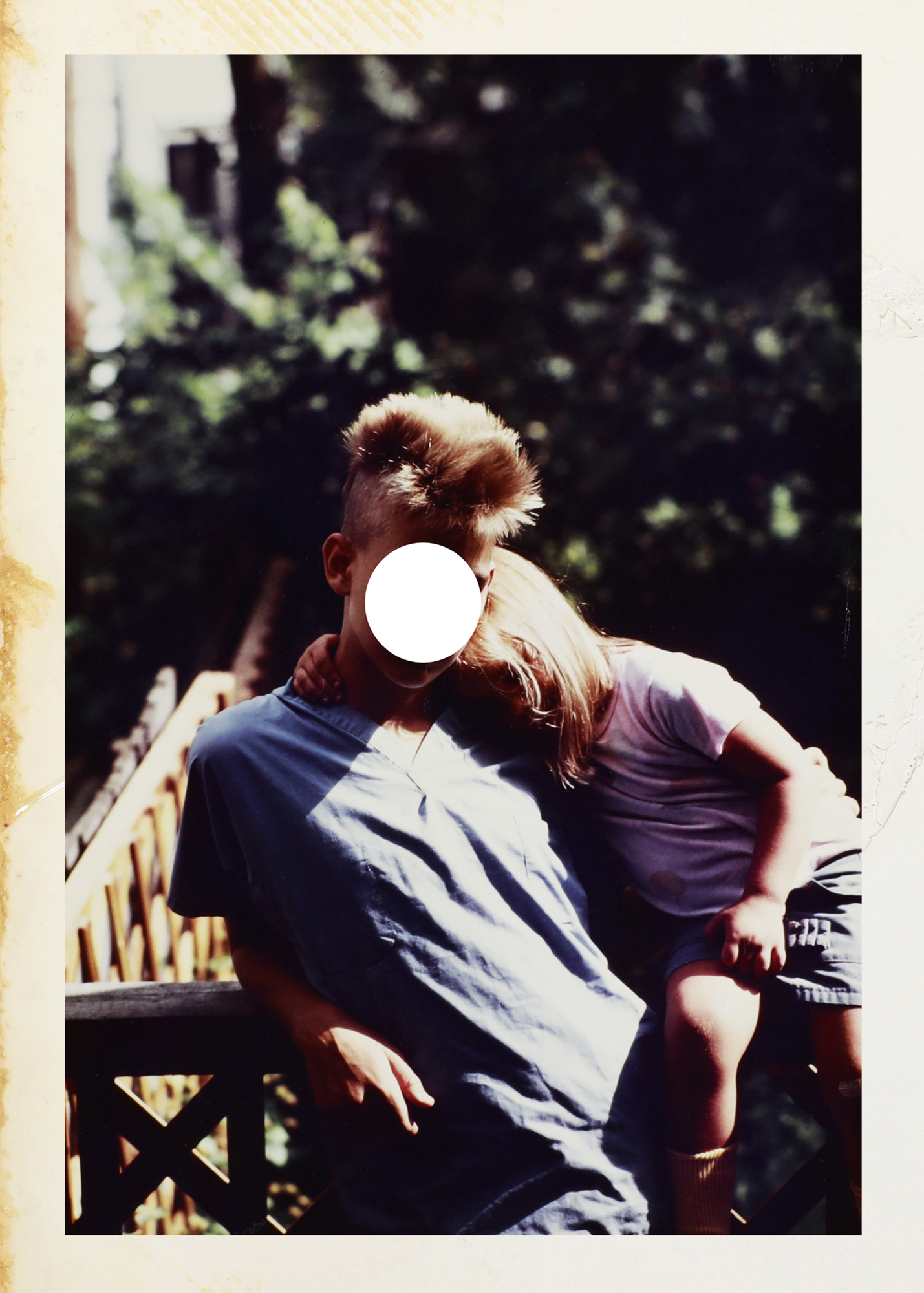
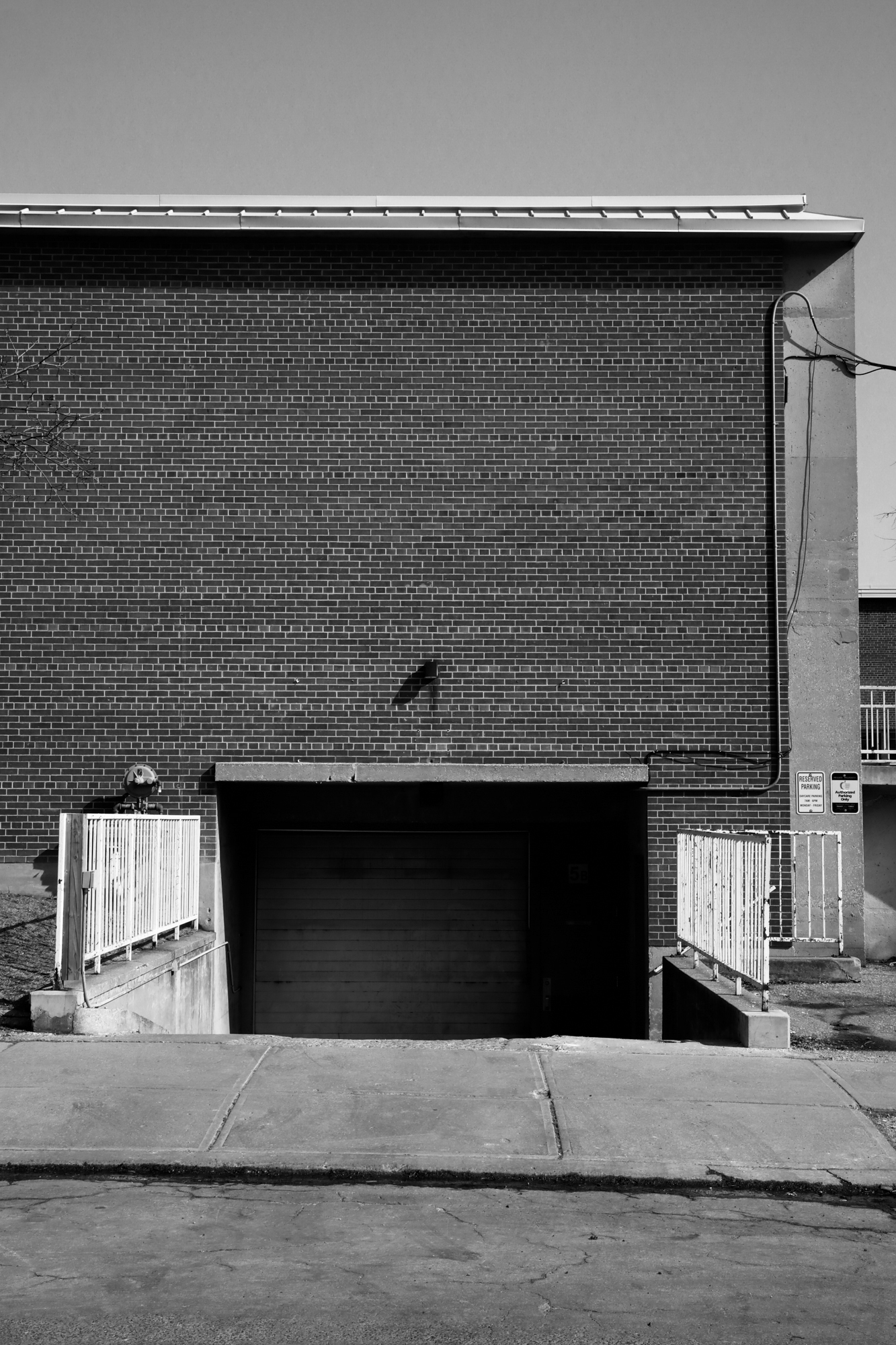
When Nadja was a child, her brother went missing. It started with a night out here and there, then a week, then months. ‘Adonis’ follows Nadja and her parents as they try to make sense of that troubled time. Together they trace Adonis’ footsteps and examine how his disappearance impacted the family and the ripple effects decades later.
The project explores the effects of ‘ambiguous loss,’ a loss that is by definition open-ended and without closure. Adonis the boy chose to go missing, to leave his family and home behind. ‘Adonis’ the project explores what happens to a family when someone chooses to leave without saying goodbye, exploring themes of loss, trauma, addiction and home.
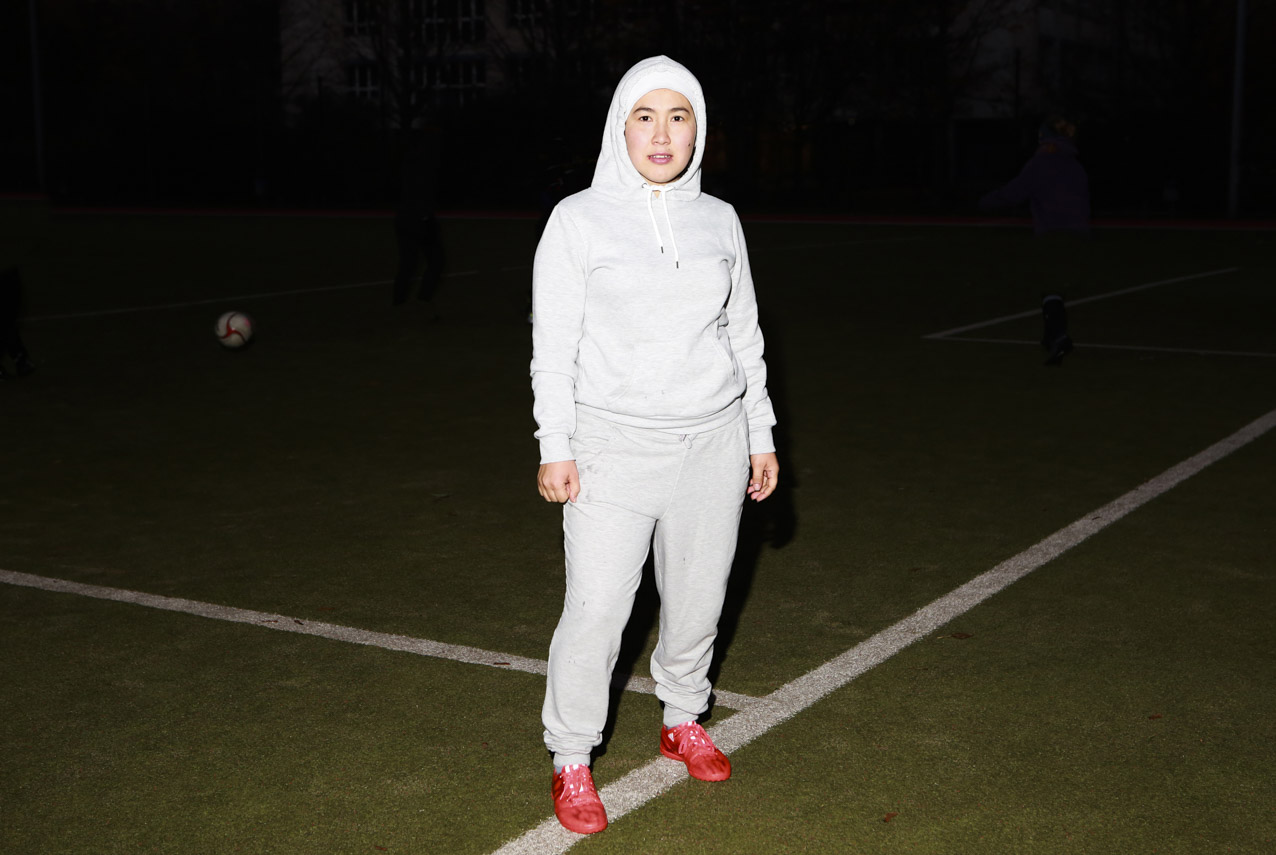

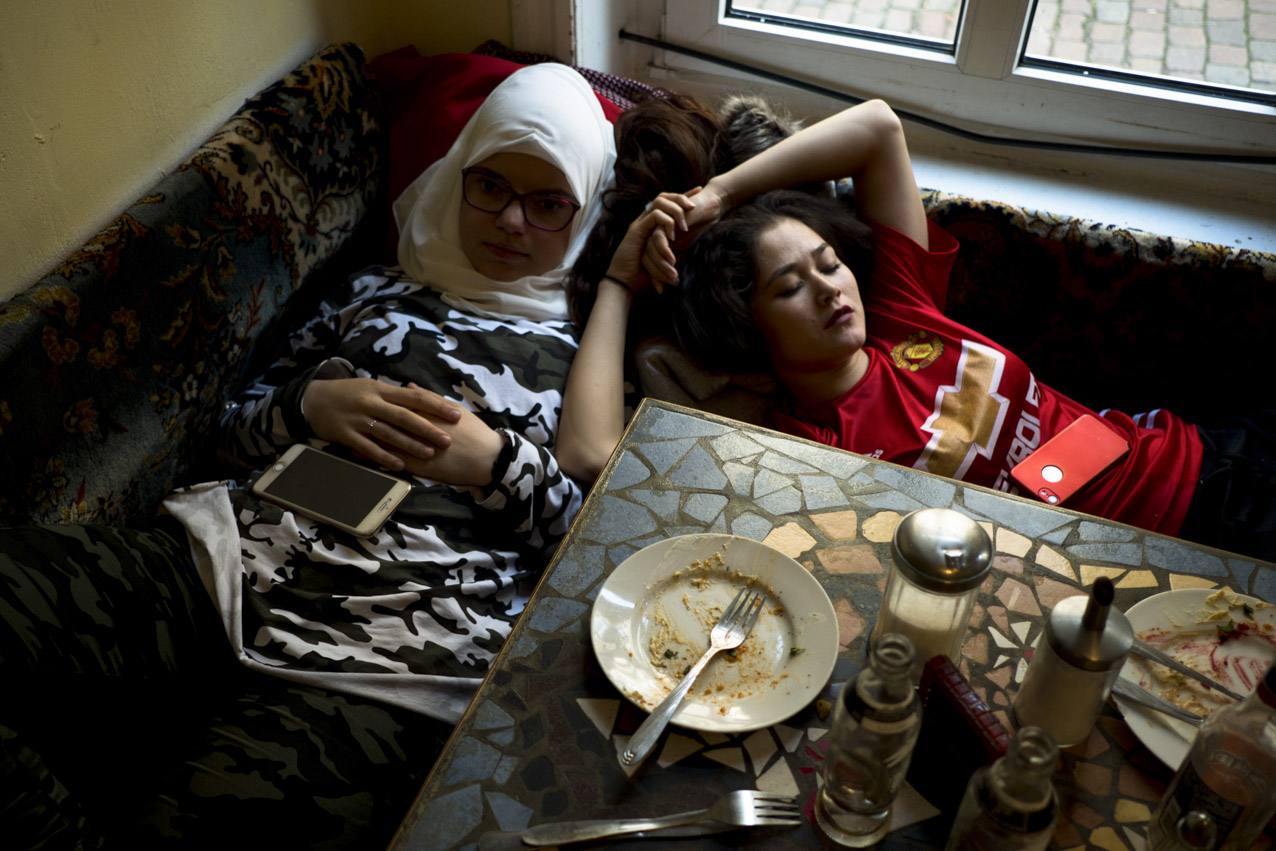
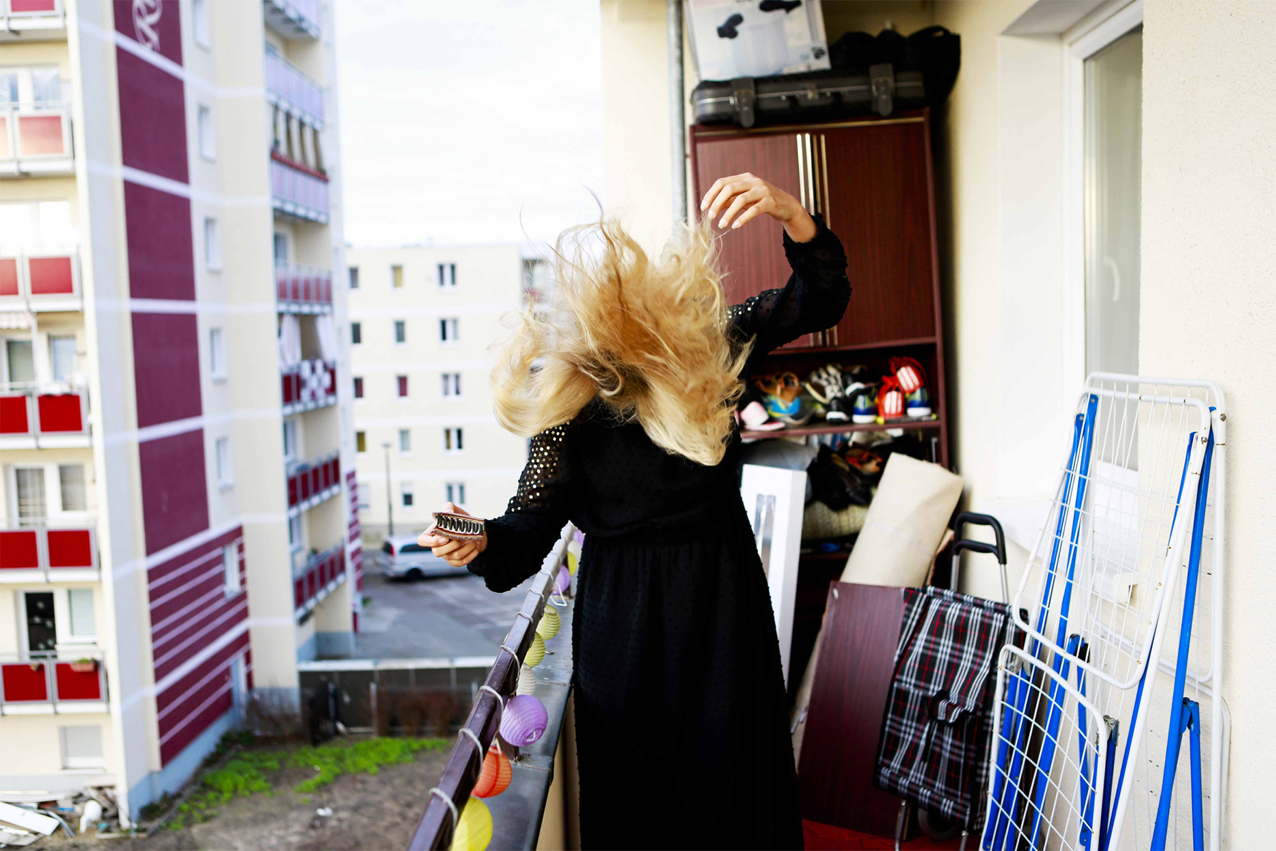
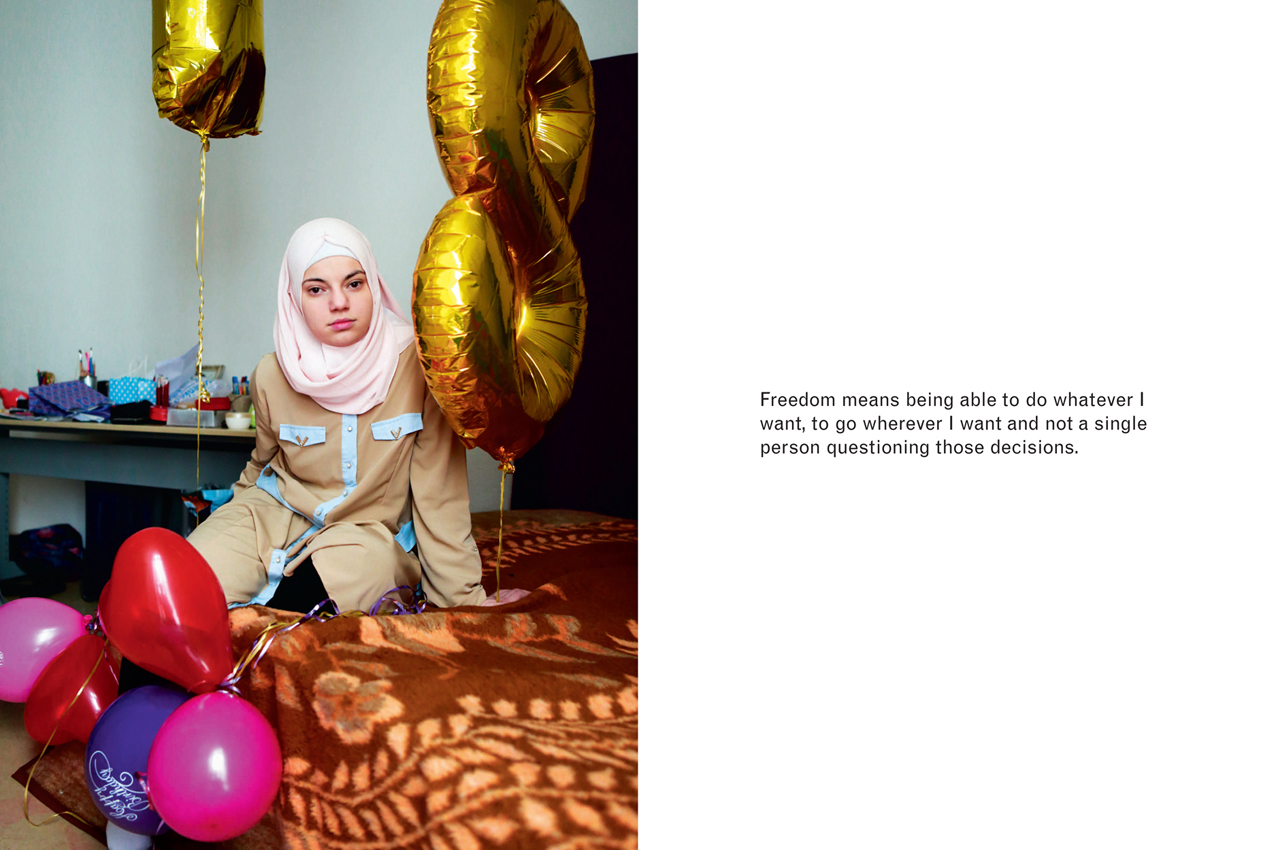
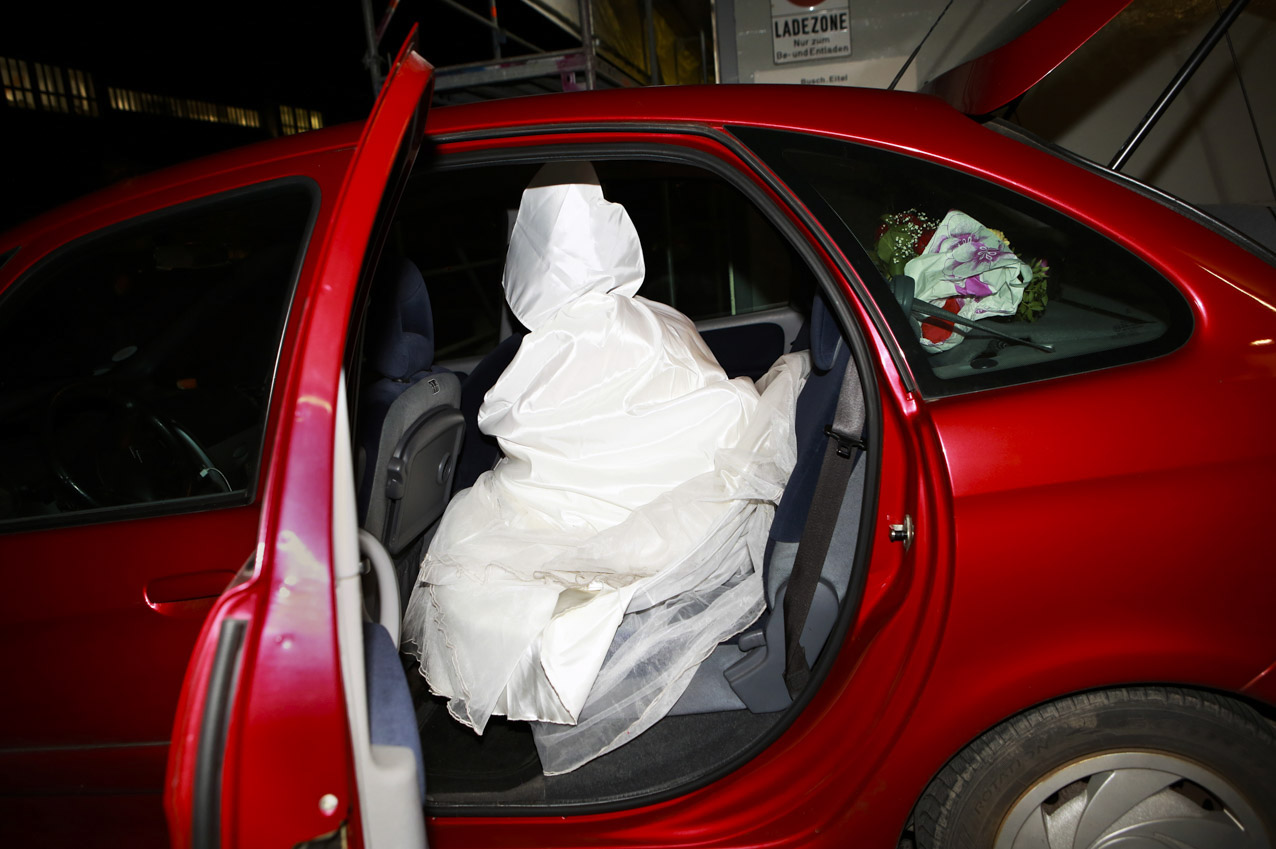
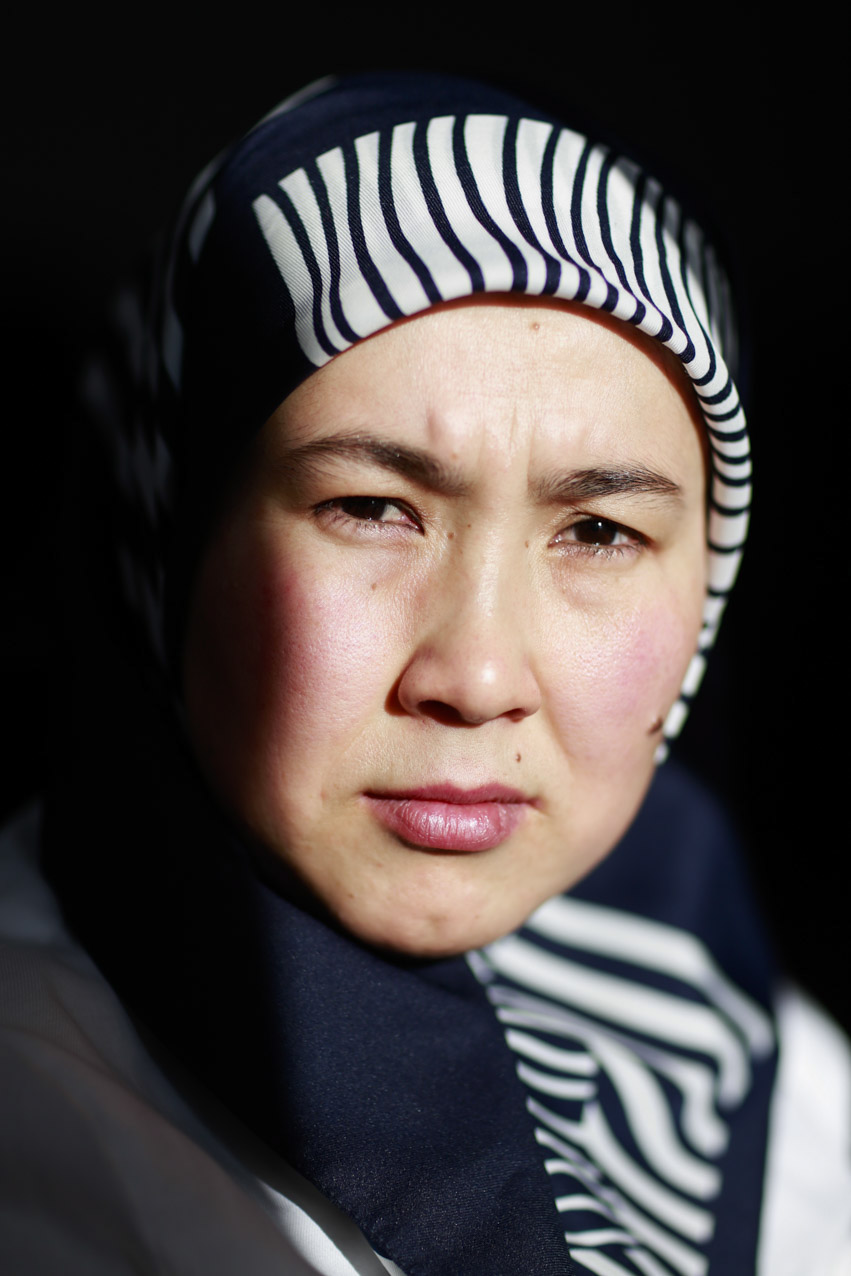
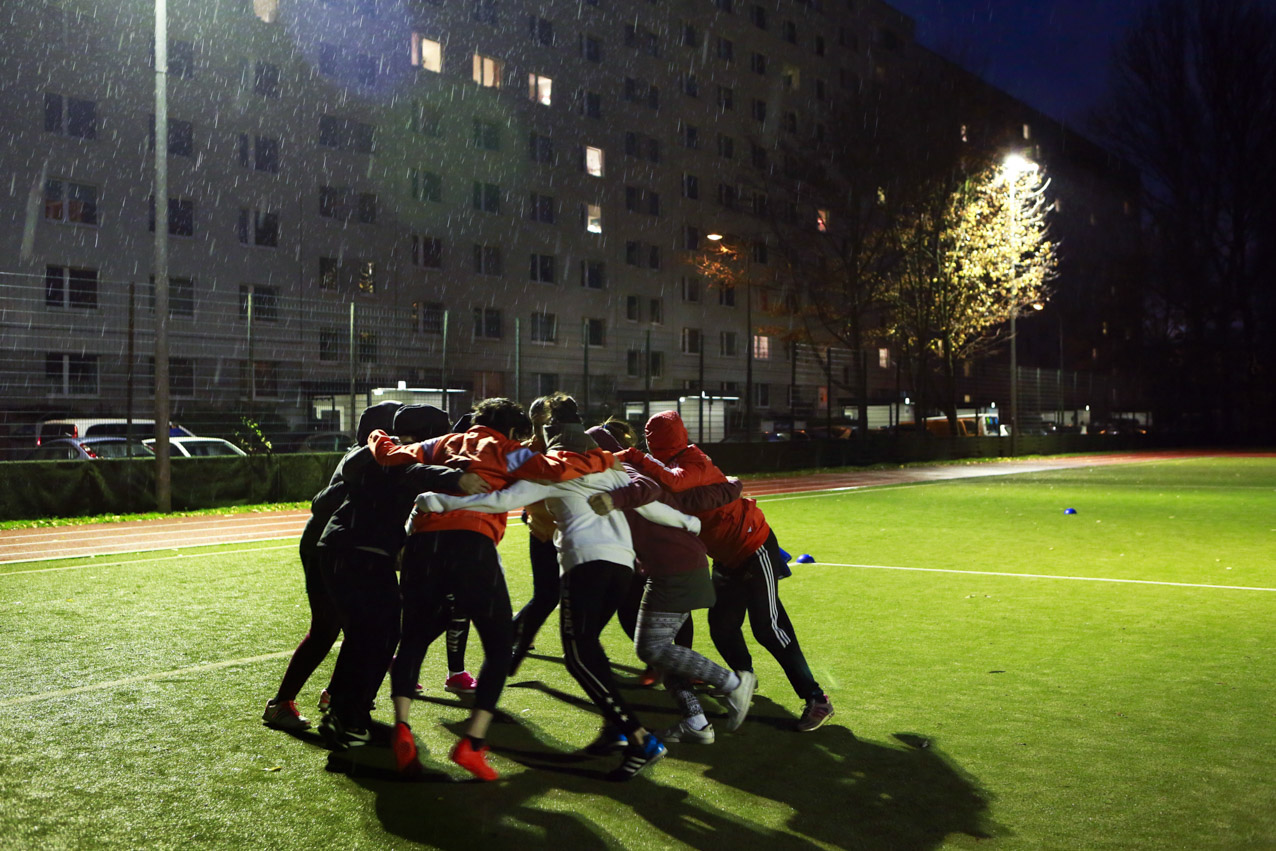
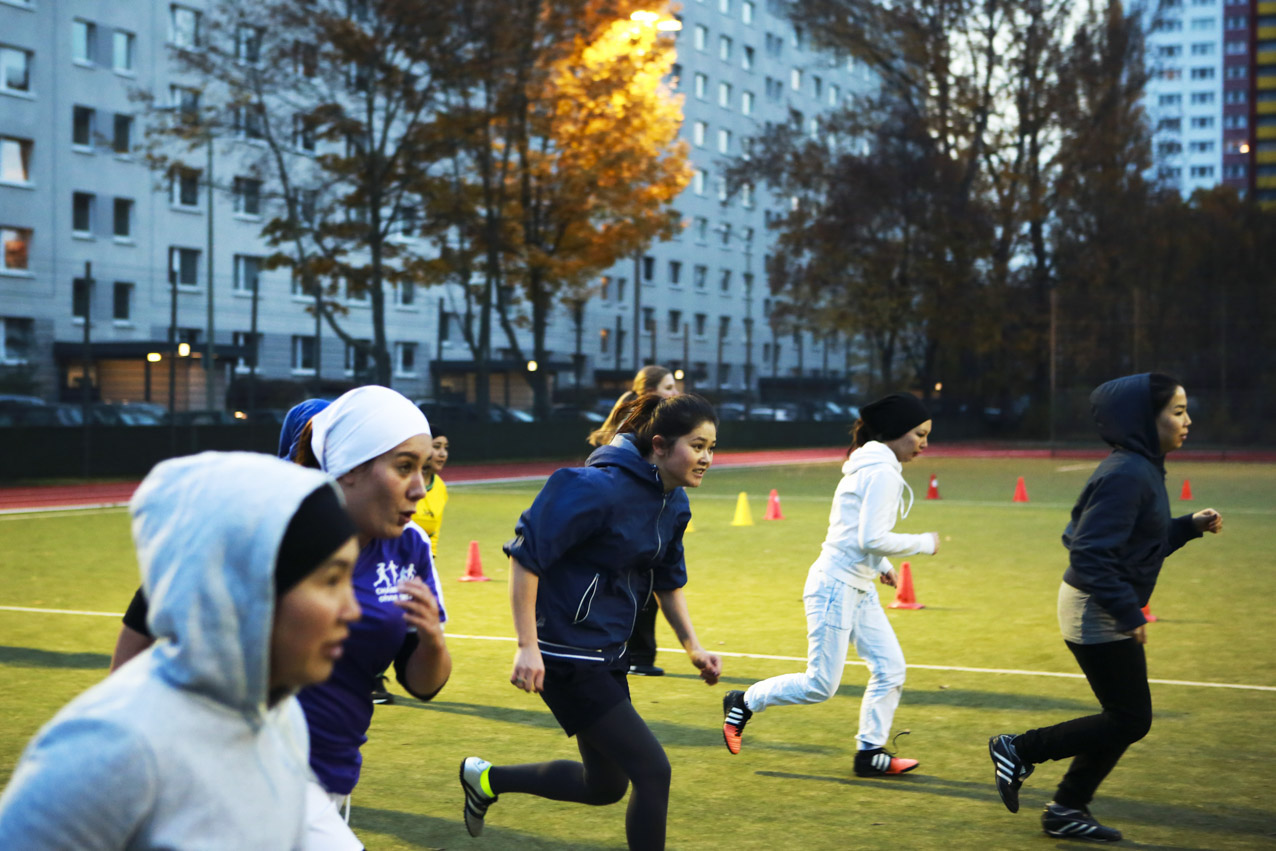
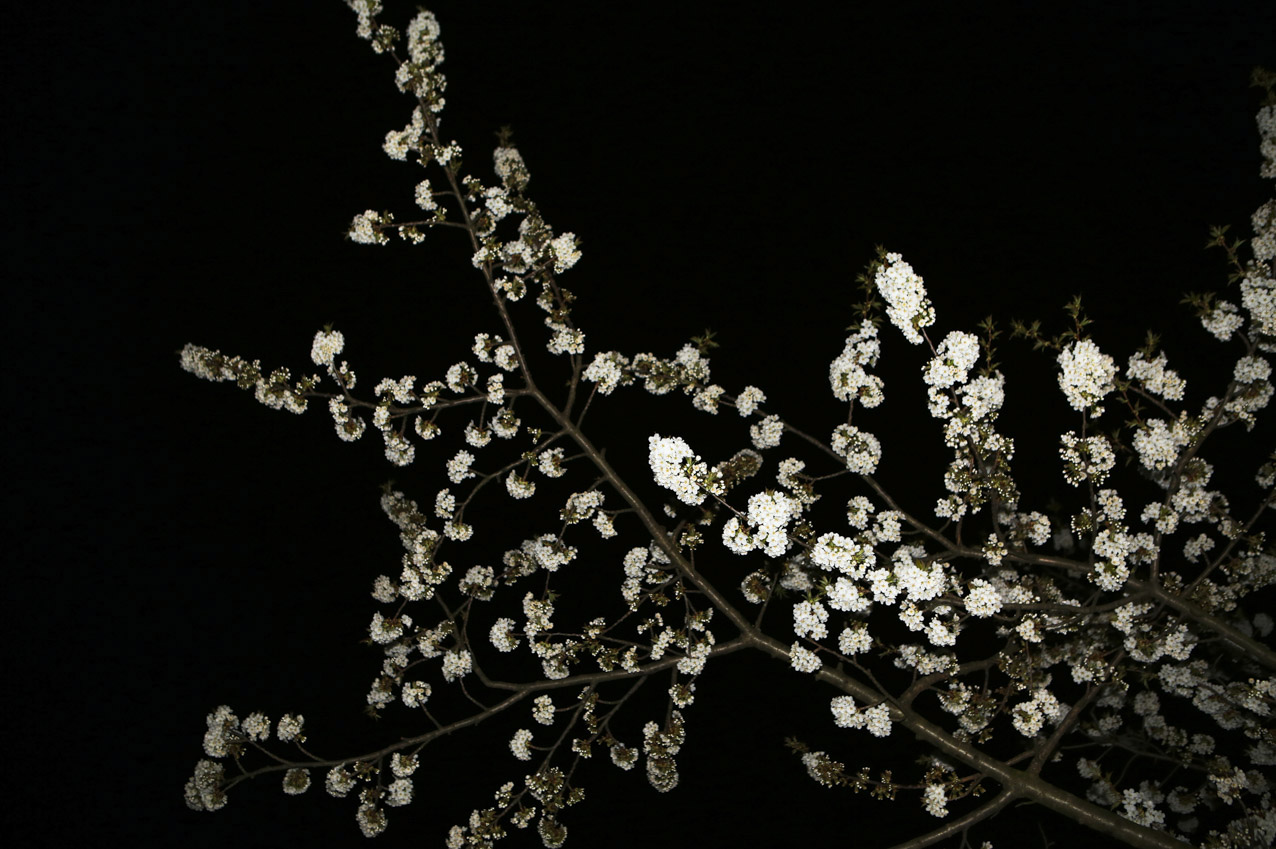
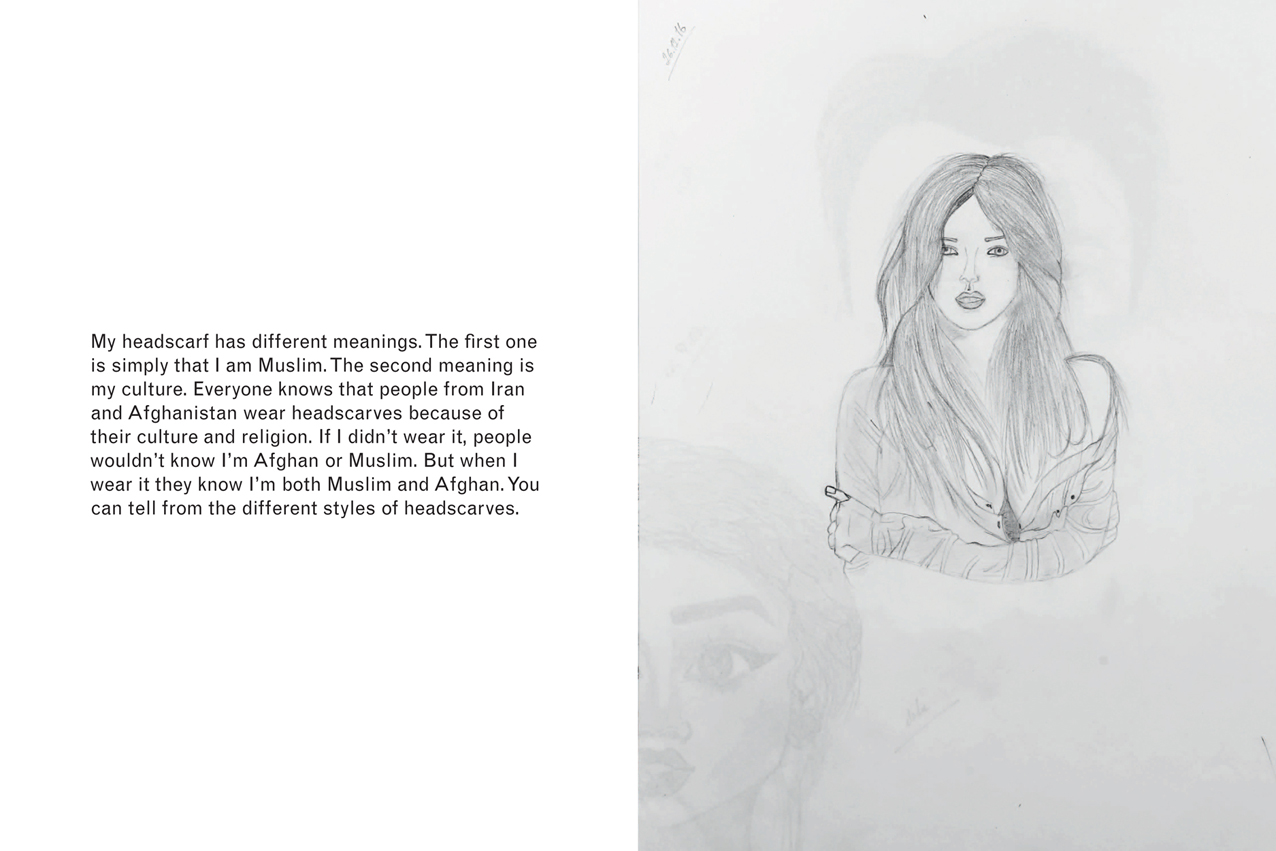
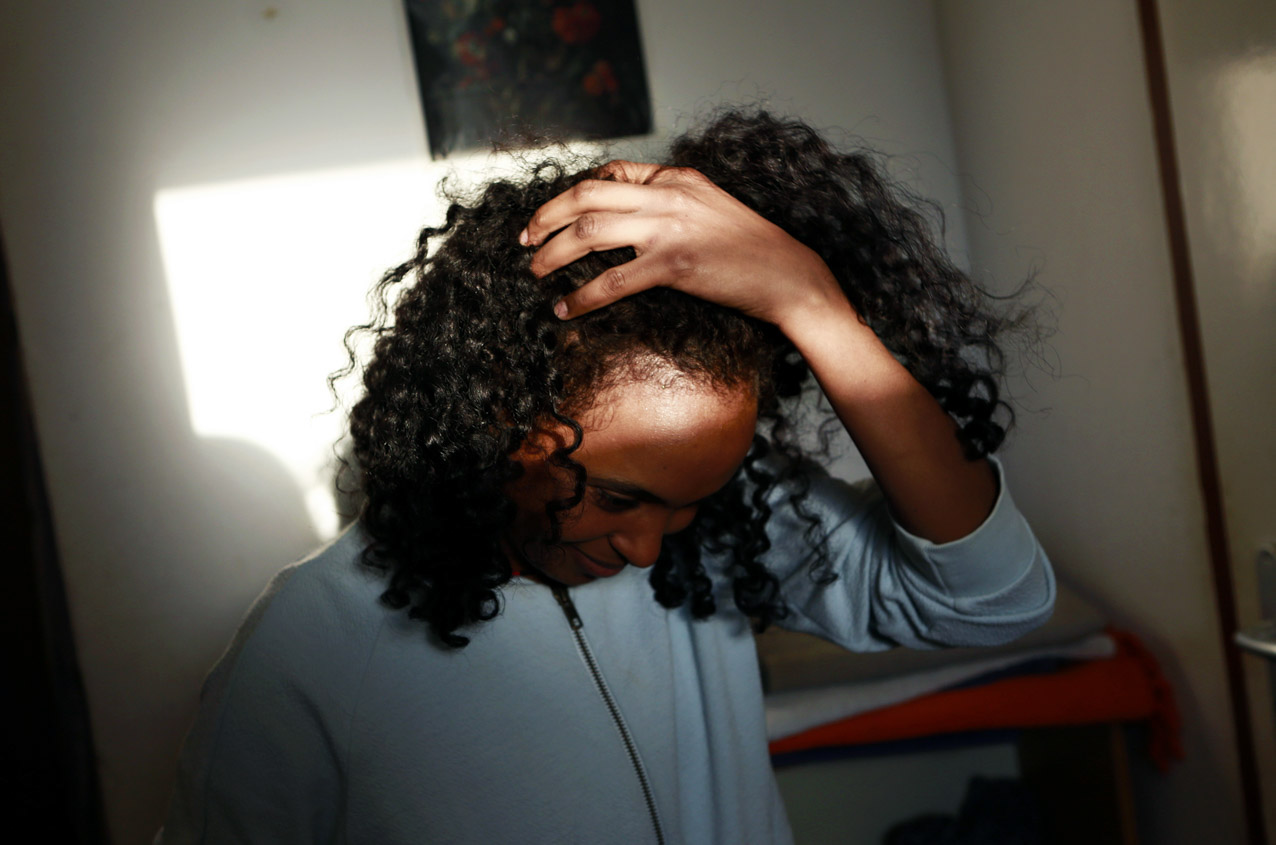
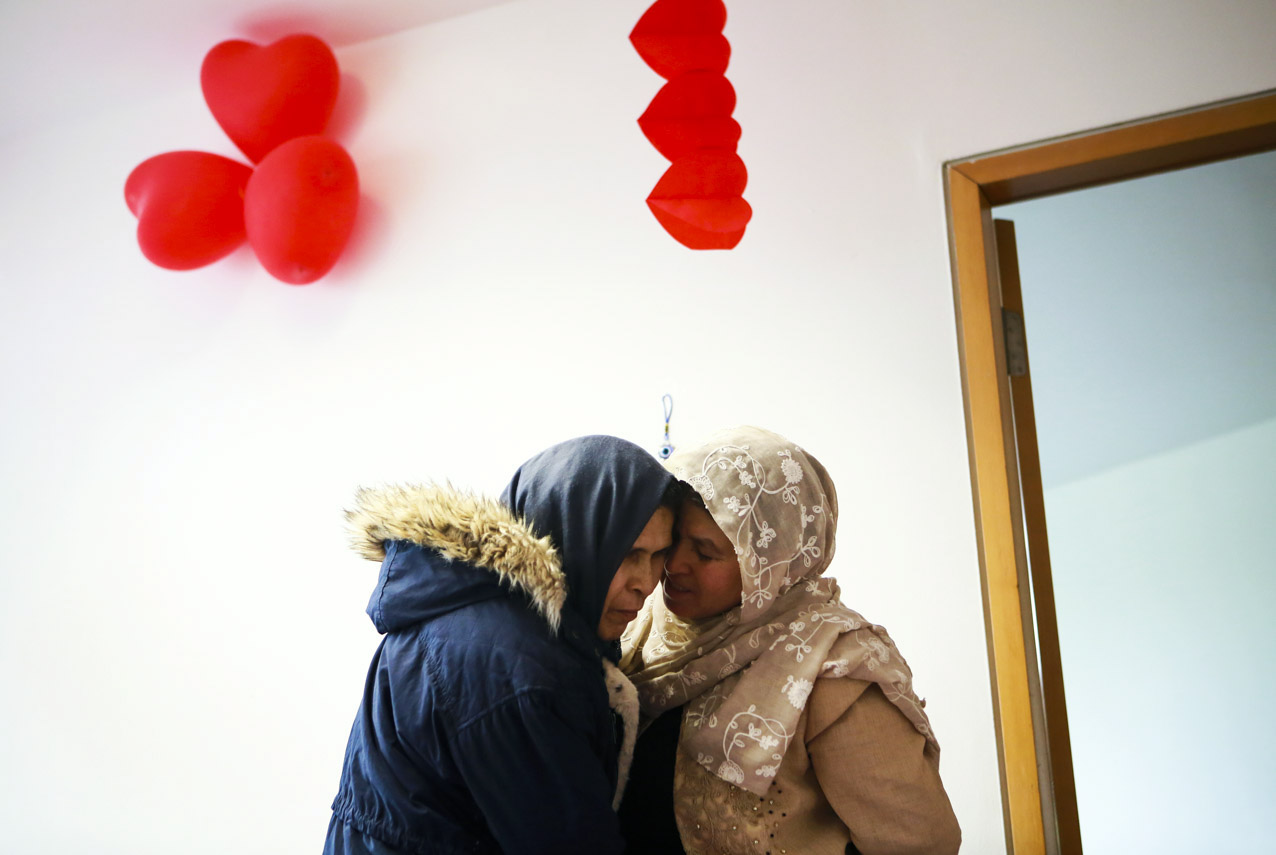
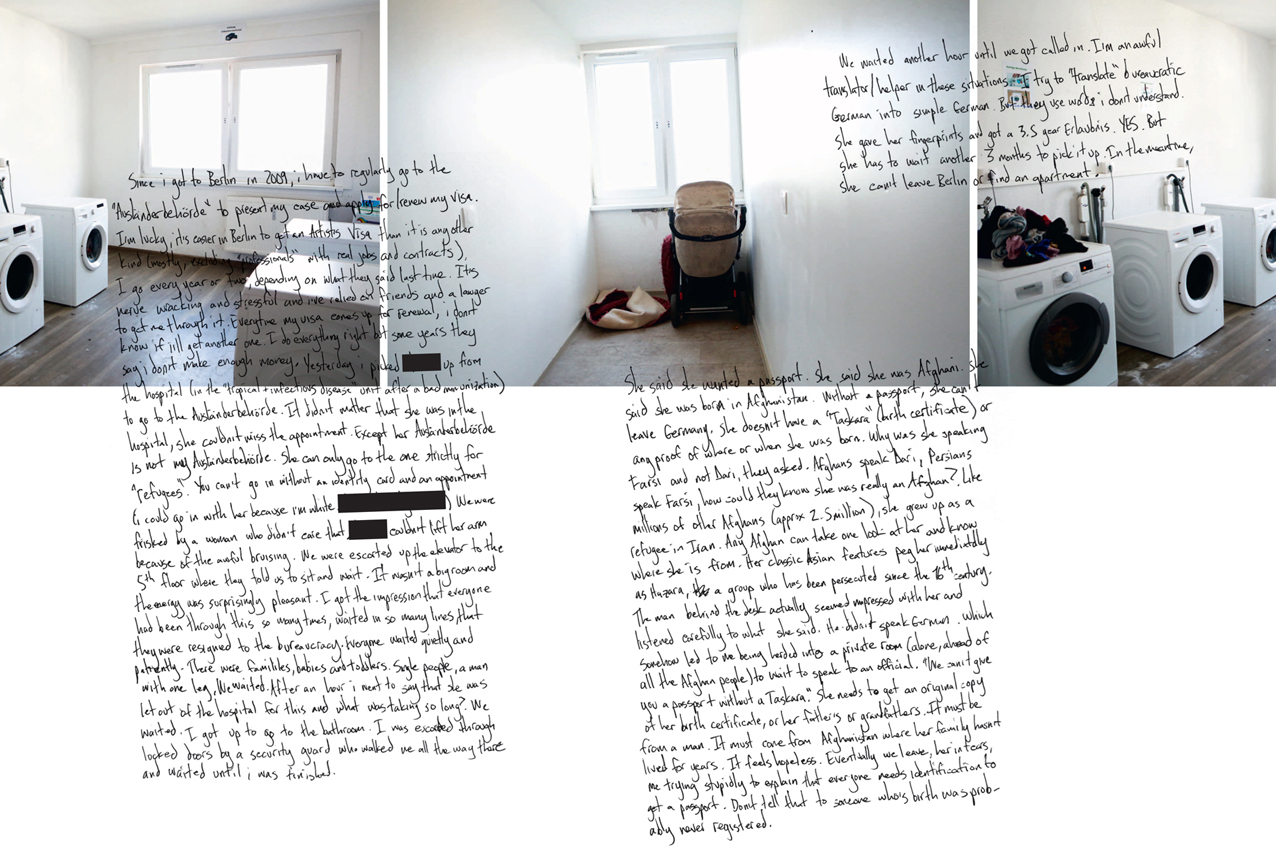
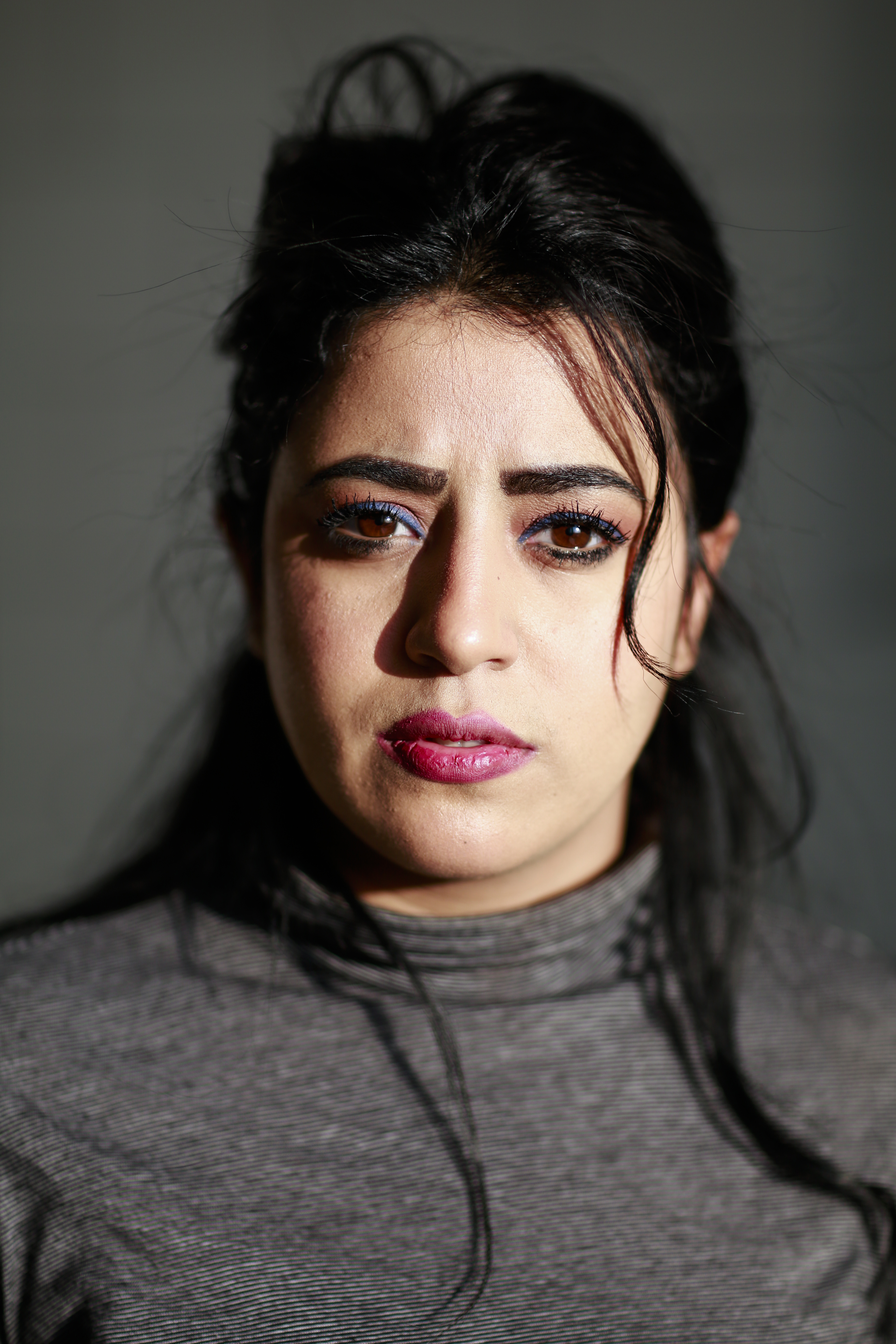
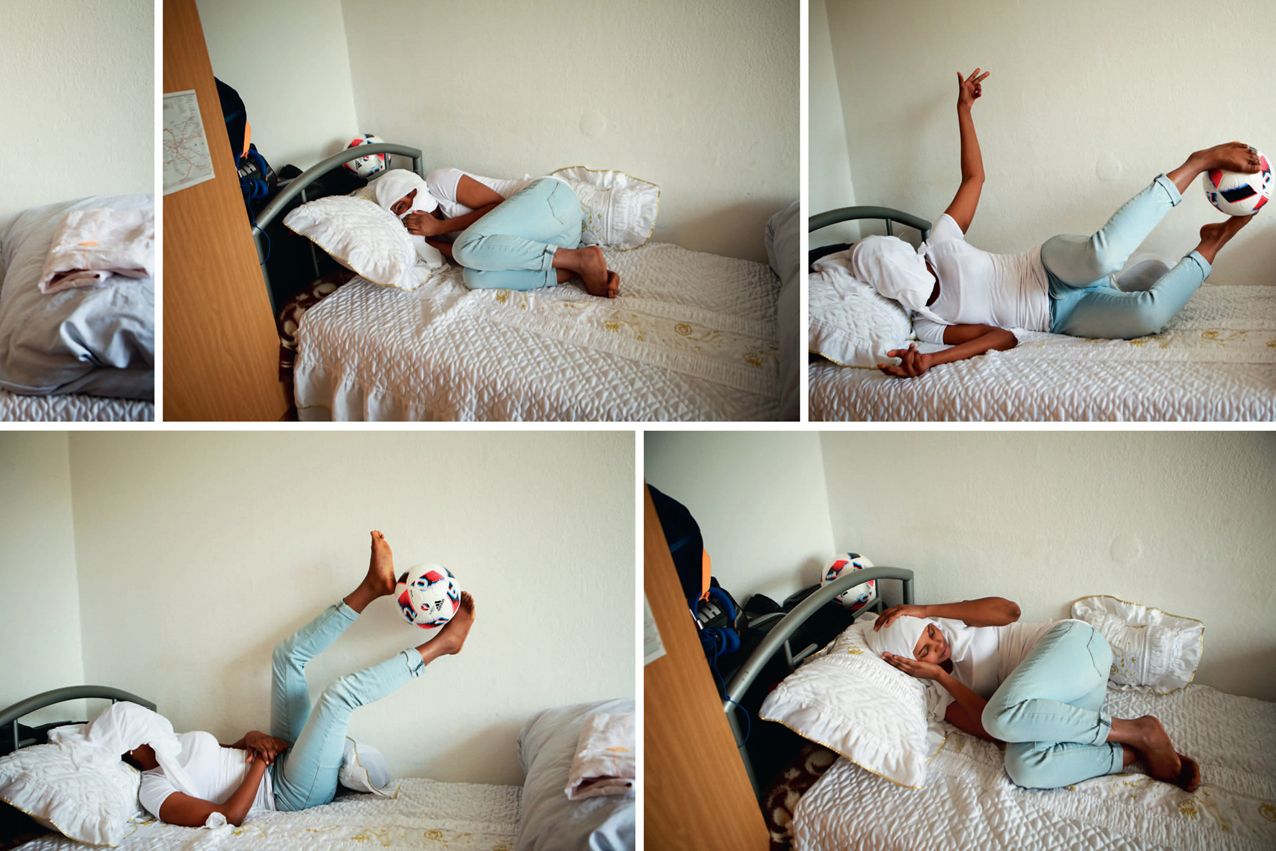
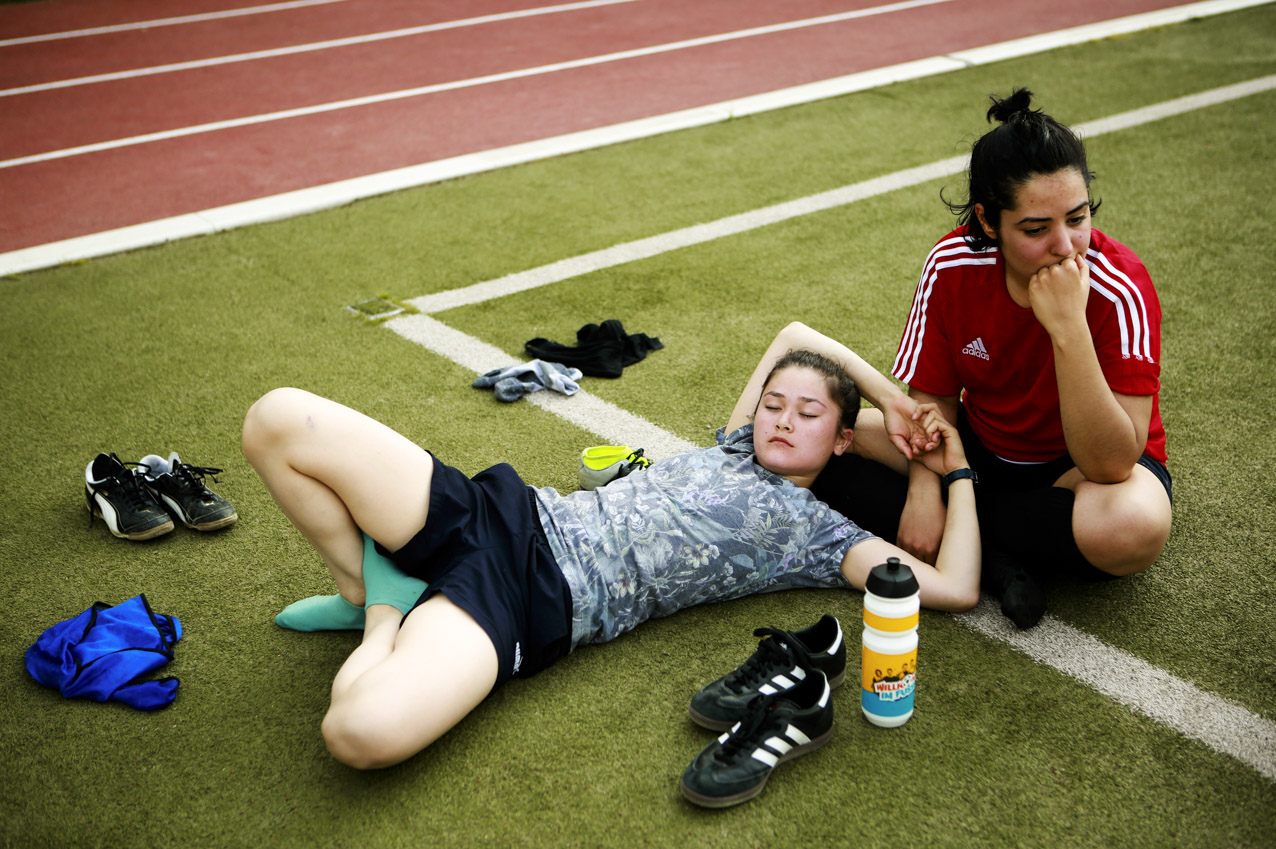
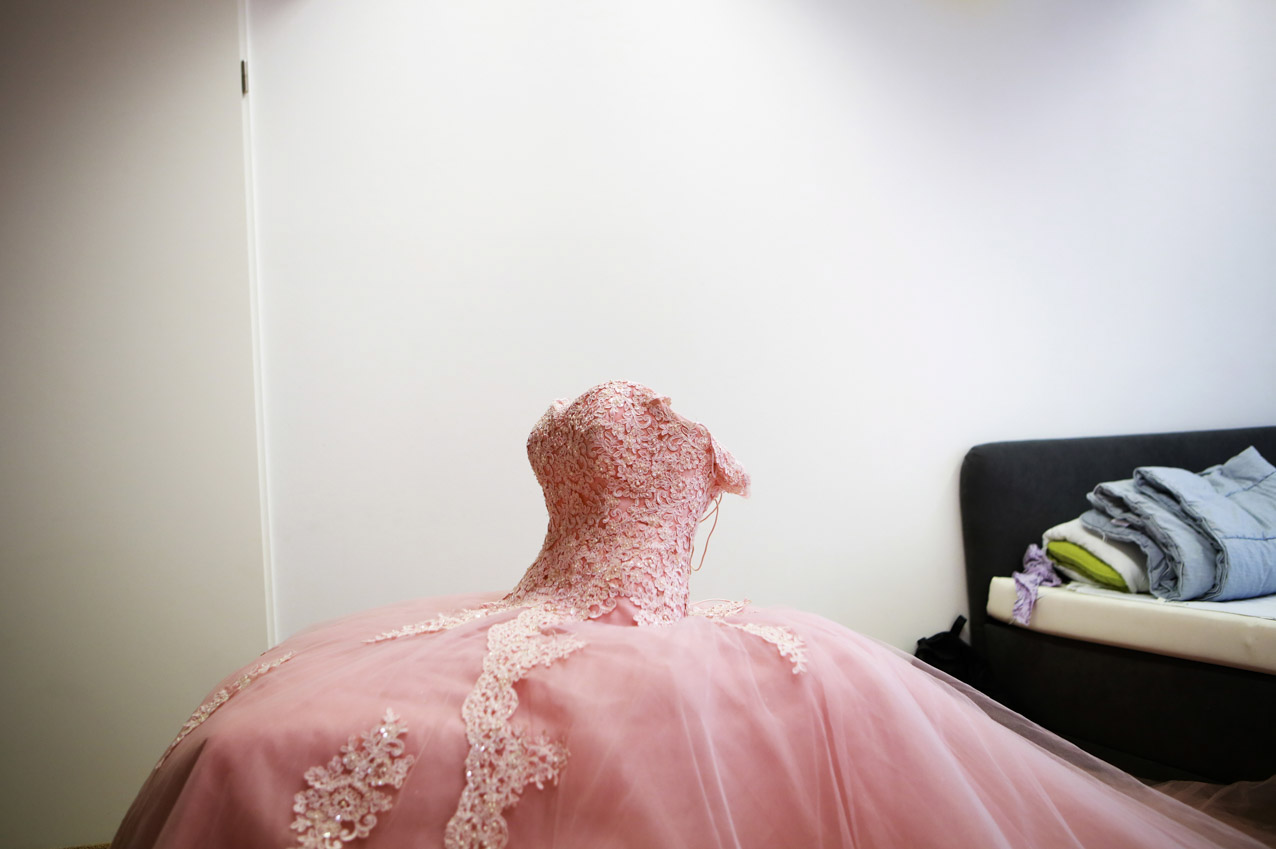
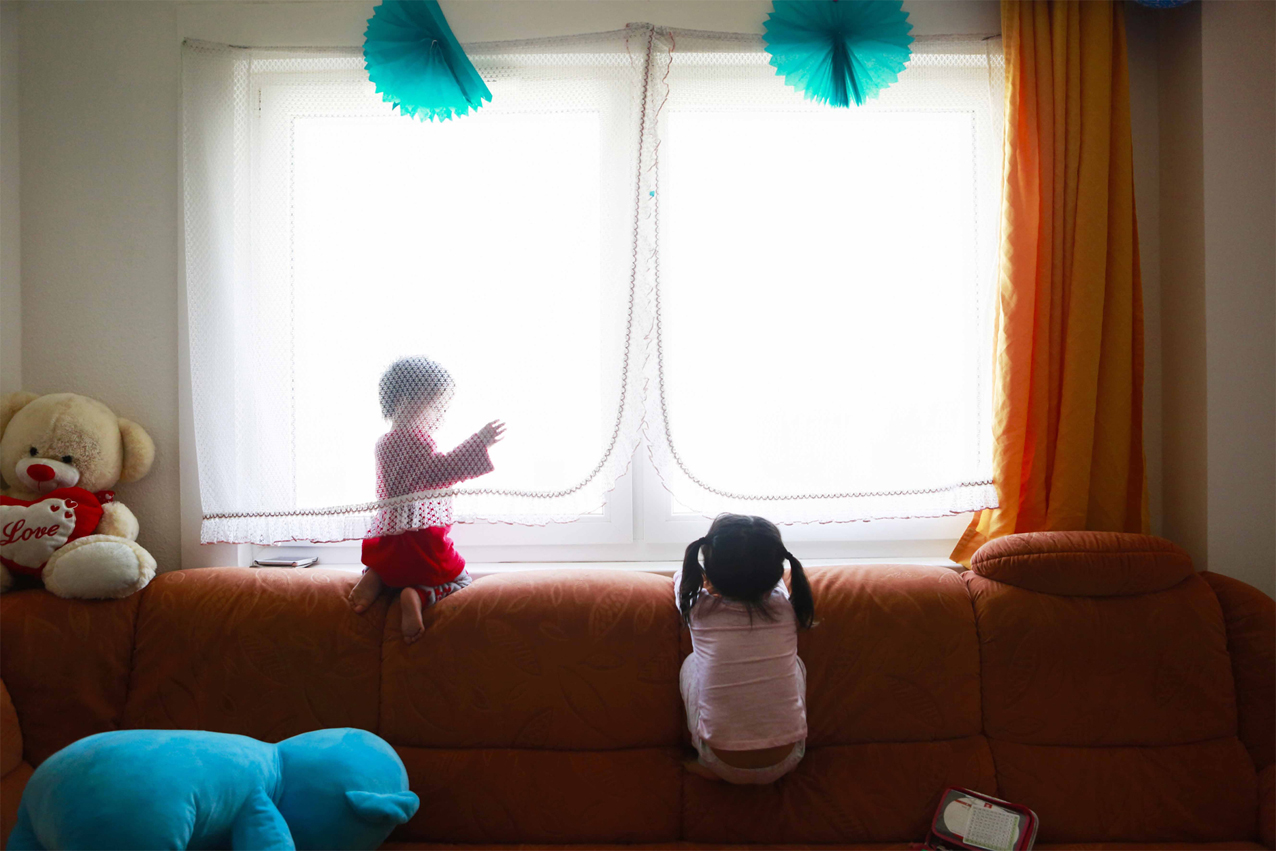


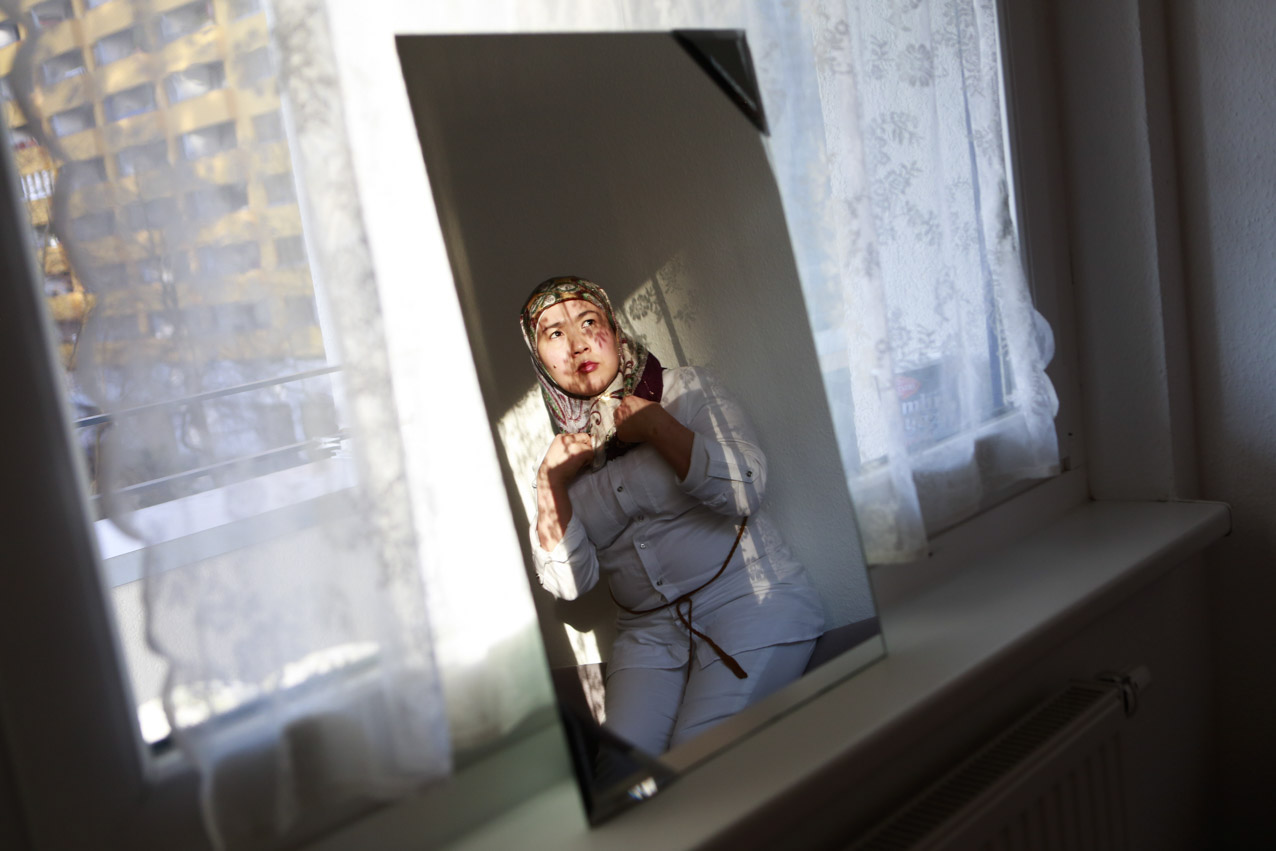
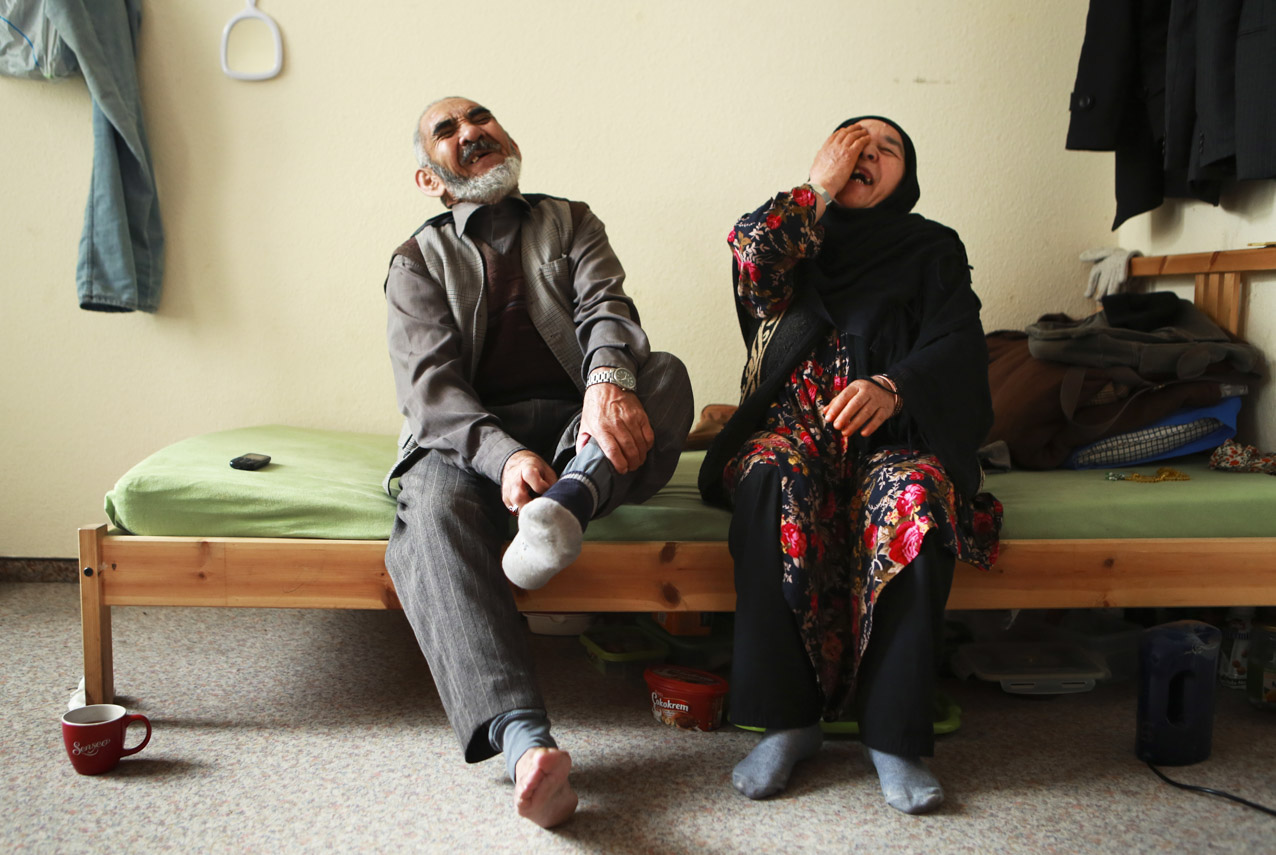
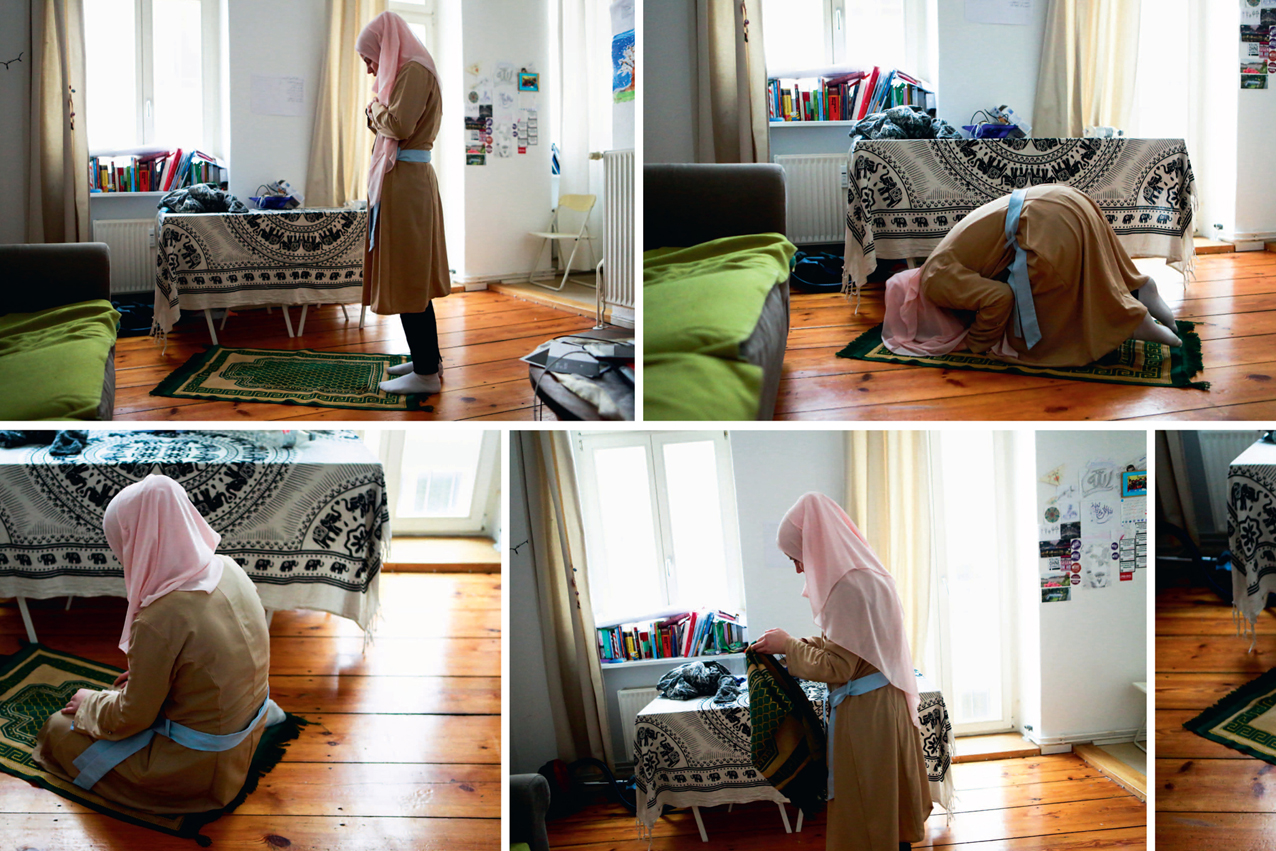
18-year-old Sana wakes up every day at 6am in the
apartment she shares with her three sisters and mother on the outskirts of
Berlin. She rides the S-Bahn 45 minutes across town and shows up for class by
8am. In school she learns history, geography and math but mostly she learns
German. It's a far cry from her life in Kabul, Afghanistan where, instead of
going to school or learning how to read and write, she worked as a hairdresser.
Now, five days a week Sana goes to school. Once a week she leaves school and
puts on borrowed football cleats to join her teammates at Champions ohne Grenzen, a football
team for refugee women in Berlin, Germany. The players come from Afghanistan,
Iran, Syria, Somalia and Albania. For most of them, this is the first time they
have ever played football.
RISE
is a photo and text based book project exploring the players' experiences both
on and off the field – at home, with family, navigating German bureaucracy and
growing as they become contributing members of their communities. In Berlin
since the mass wave of migration in 2015, the women have spent the past few
years learning German, going to school and establishing new lives. Two years in the making, the
final work combines photography, journals, texts, interviews, poems and
drawings in exhibition and book form. It is an intimate portrait of a group of
young women and the highs and lows inherent in establishing a new life in a
different culture.
To make a donation directly to CHAMPIONS ohne GRENZEN, please click here.
RISE
By Alexa Vachon
+++Due to the Covid-19 crisis, the shipping prices for RISE are currently out of control. I am working on finding a solution for this. In the meantime, if you want to purchase a copy, please contact me directly at: alexa@alexavachon.com
Add to Cart
– Hardcover
– 272 pages including color photography, texts, interview quotes and handwritten texts from the football players
– English/German
– Texts by:
Sara Afzali (Afghan Journalist)
Khalida Popal (former captain of the Afghan National football team)
Carmen Grimm (team coach and co-founder)
– Designed by Katharina Zettl
– Edited by Holly Young
17.5 cm x 23.5 cm x 2.6 cm
ISBN: 978-3-00-060762-2
Edition of 500
Self-published
To make a donation directly to CHAMPIONS ohne GRENZEN, please click here.
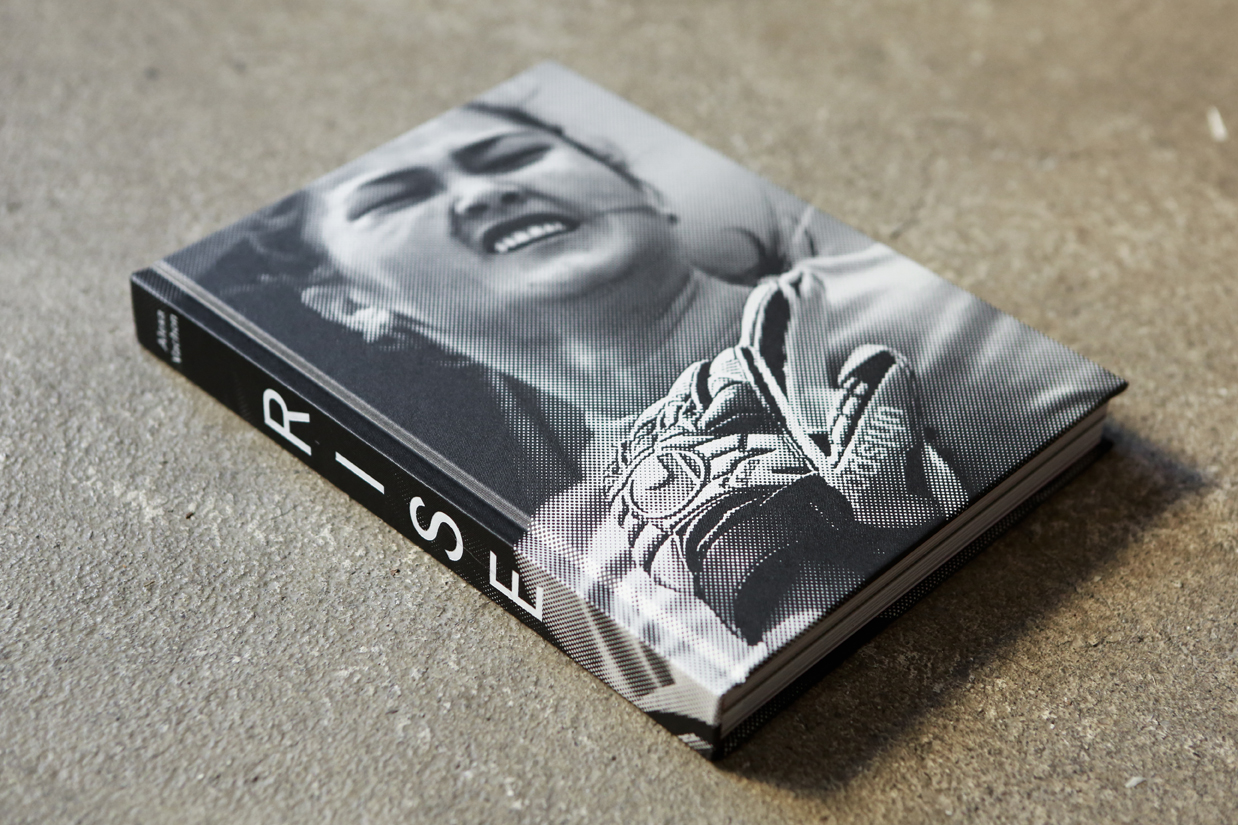

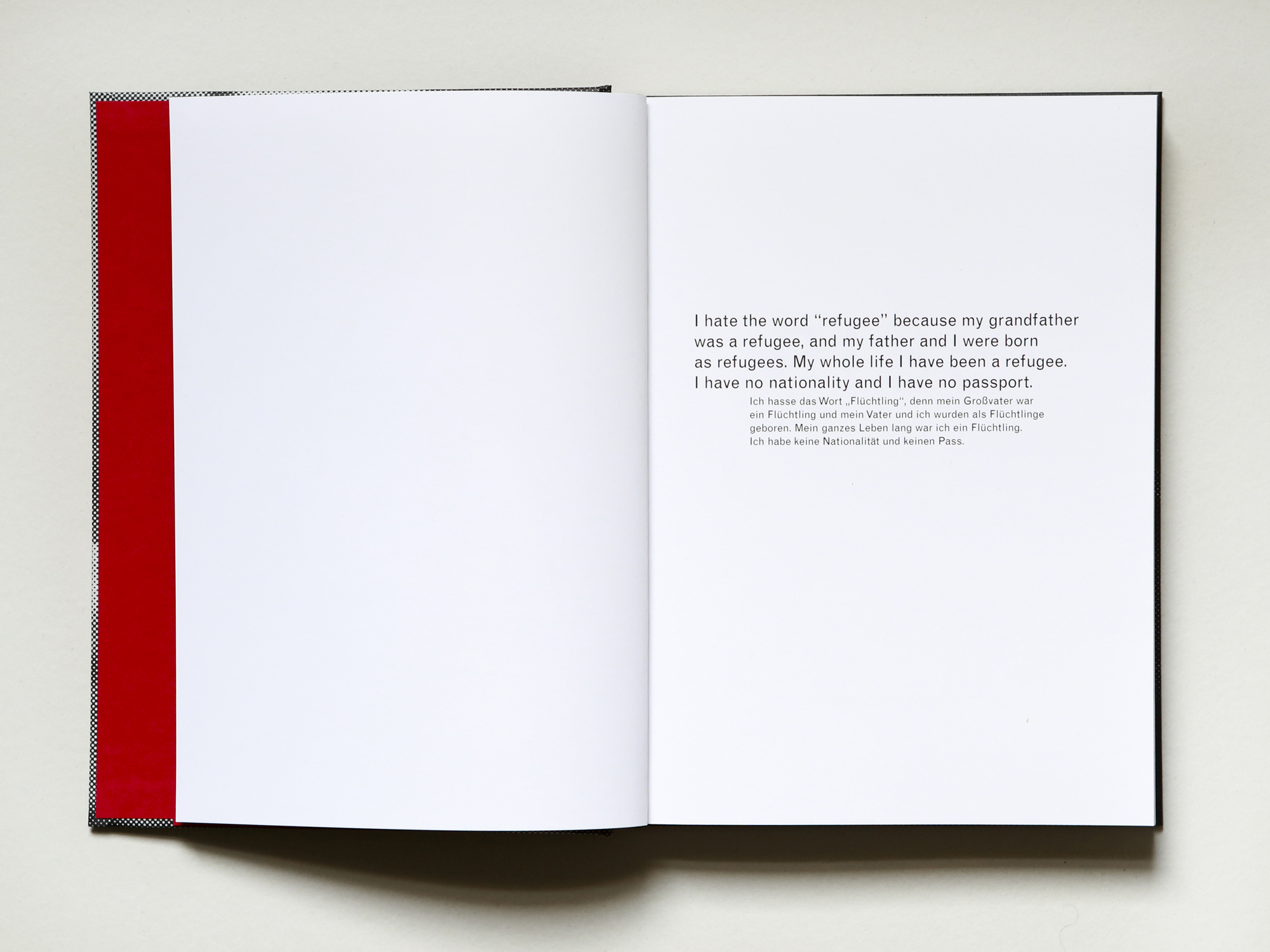



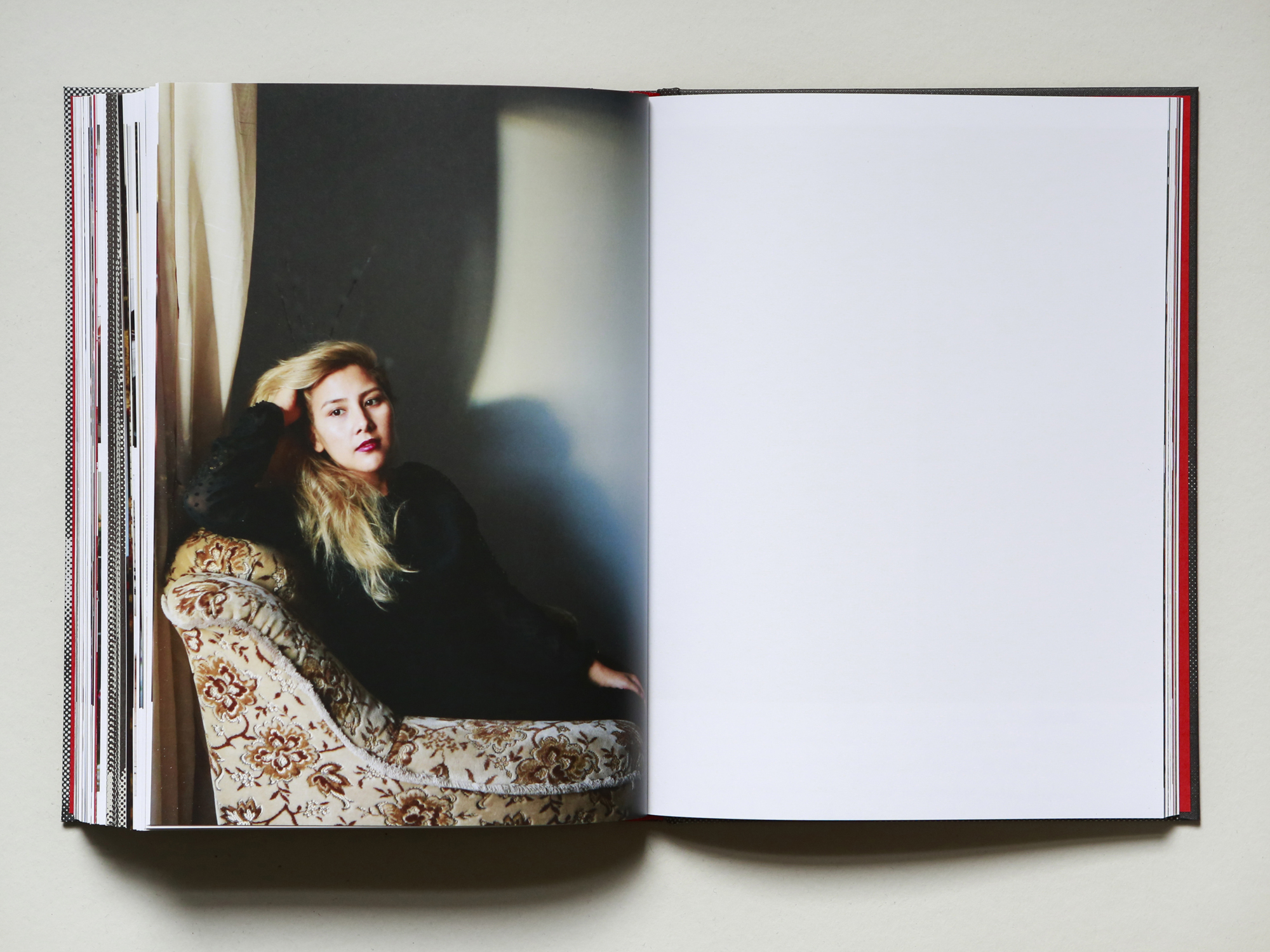
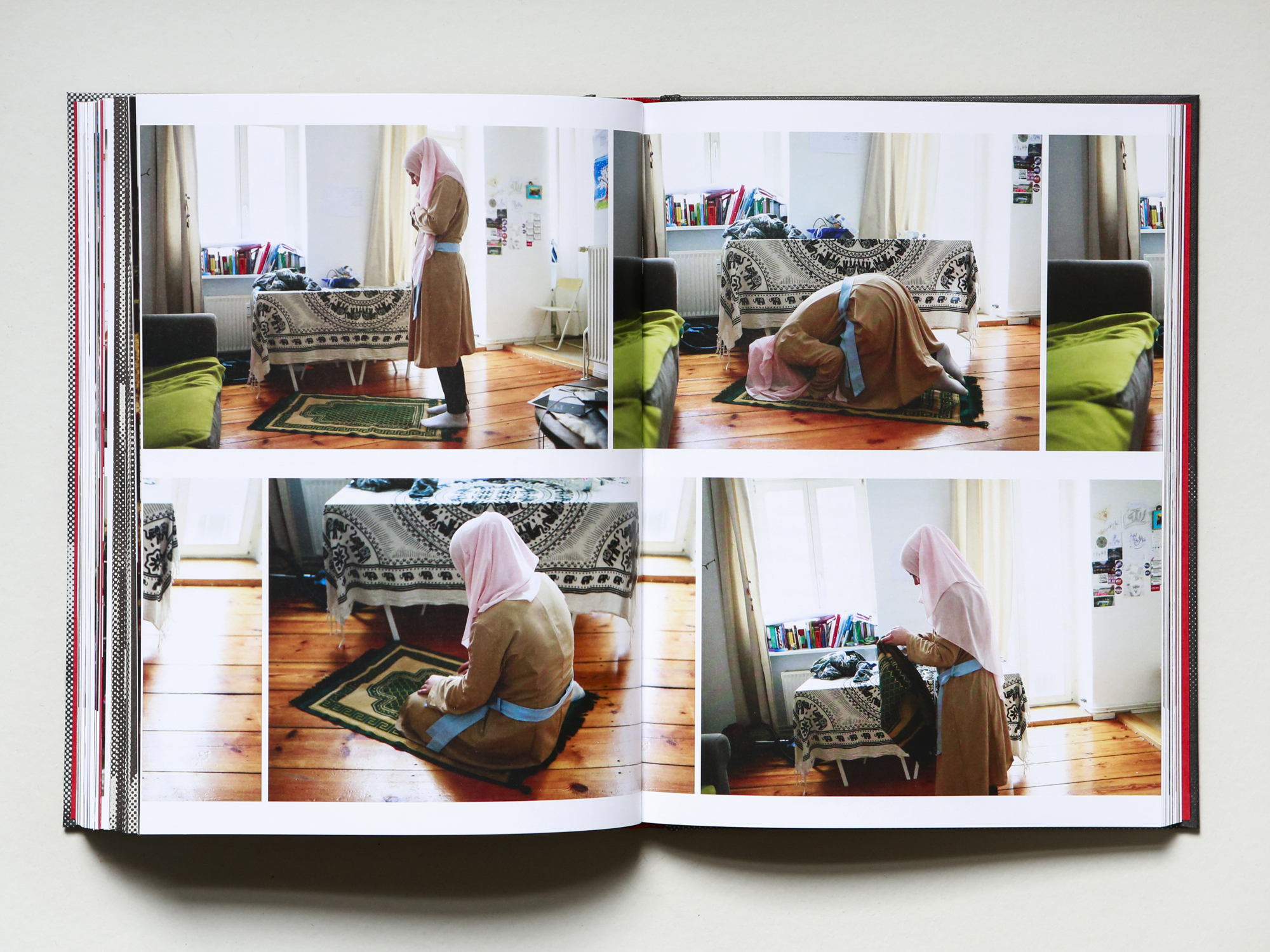
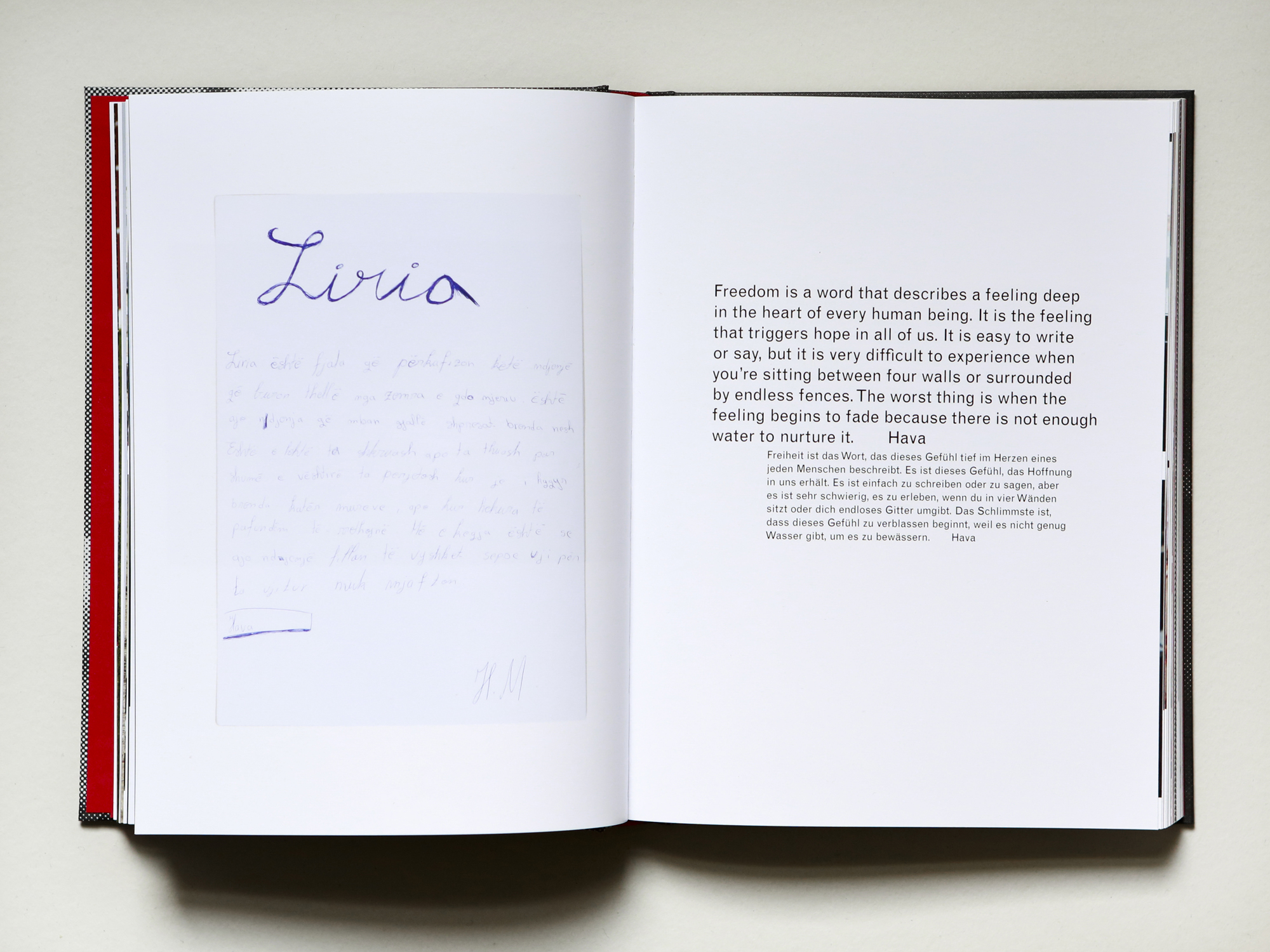





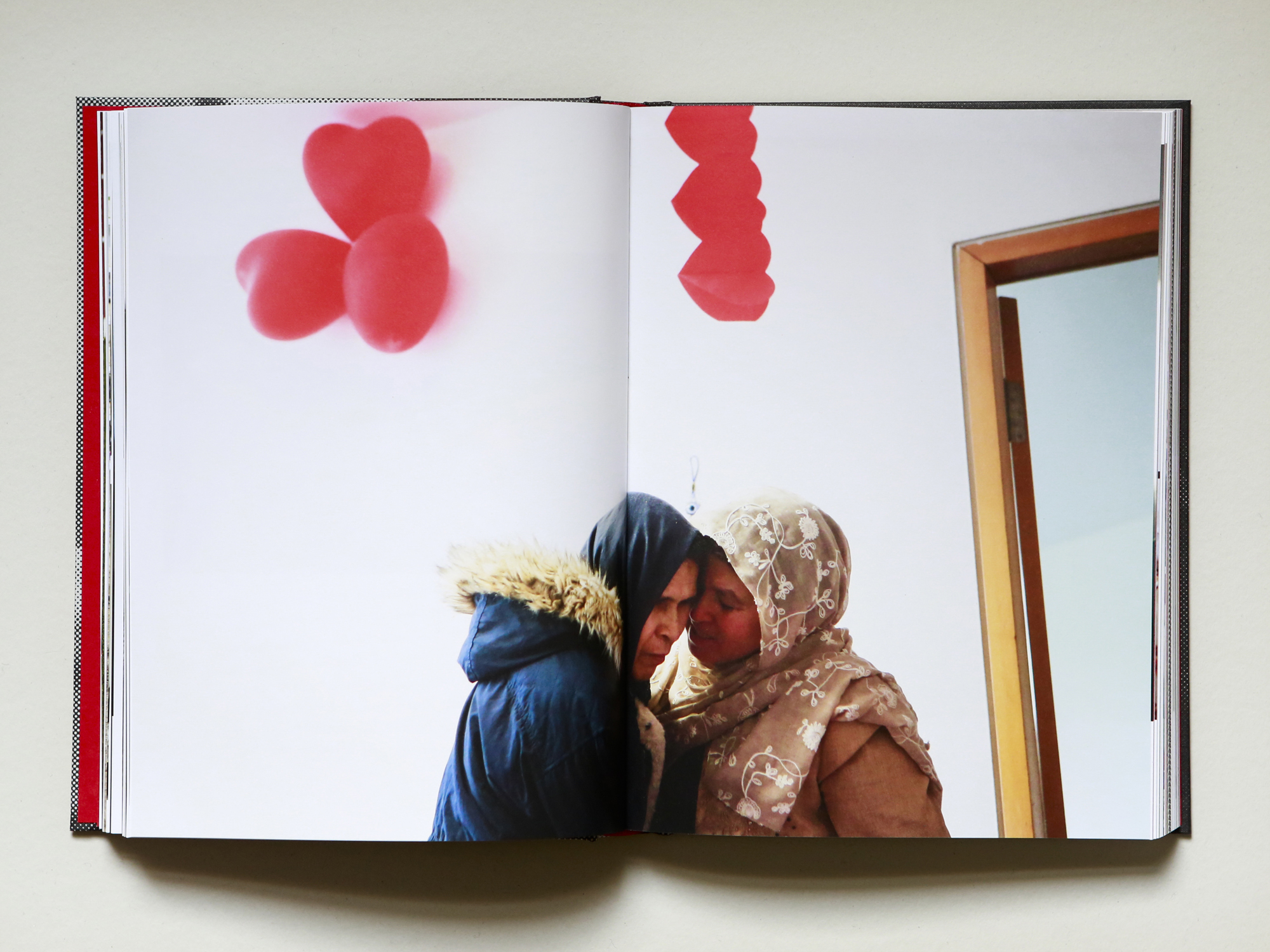




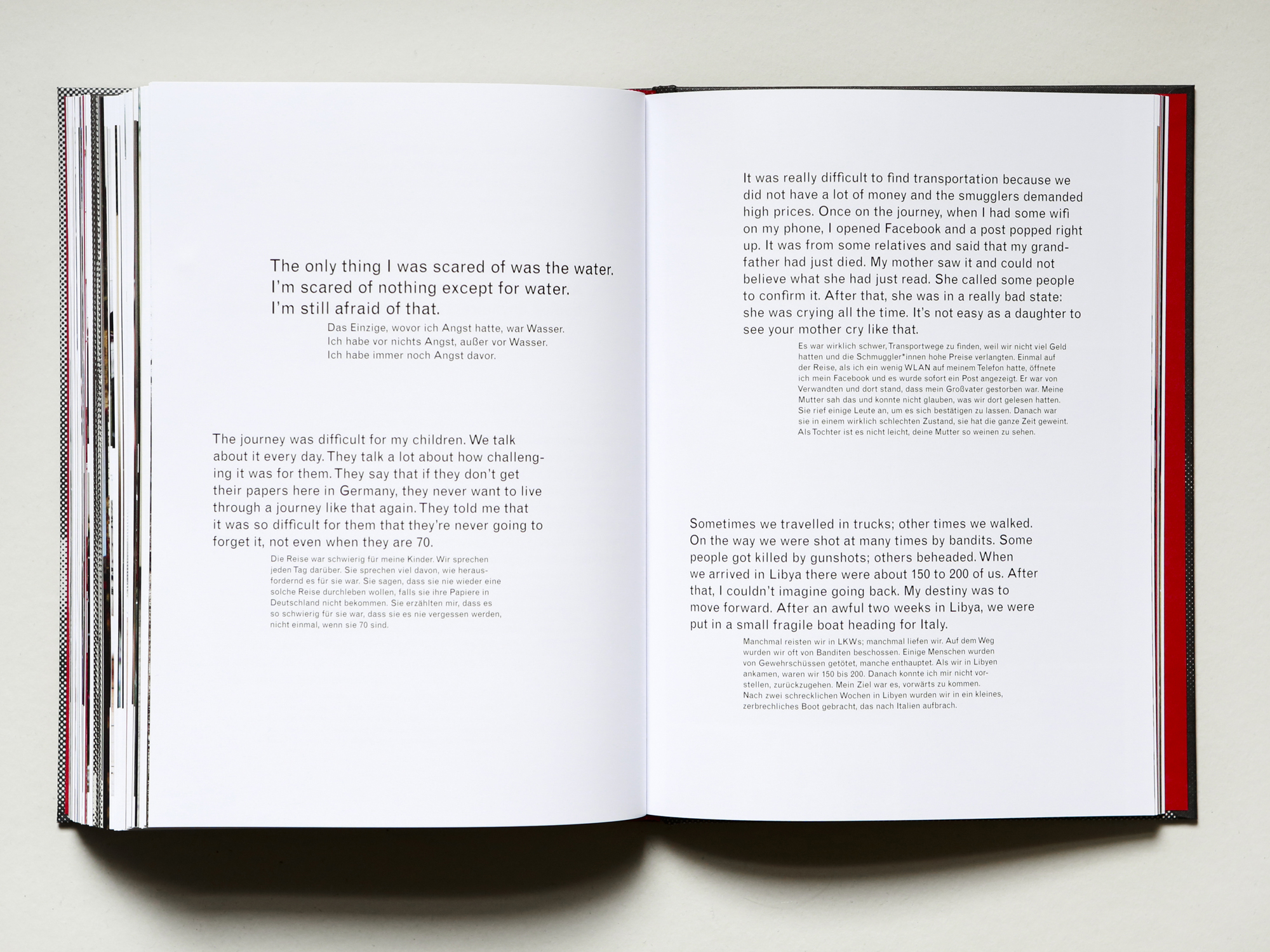
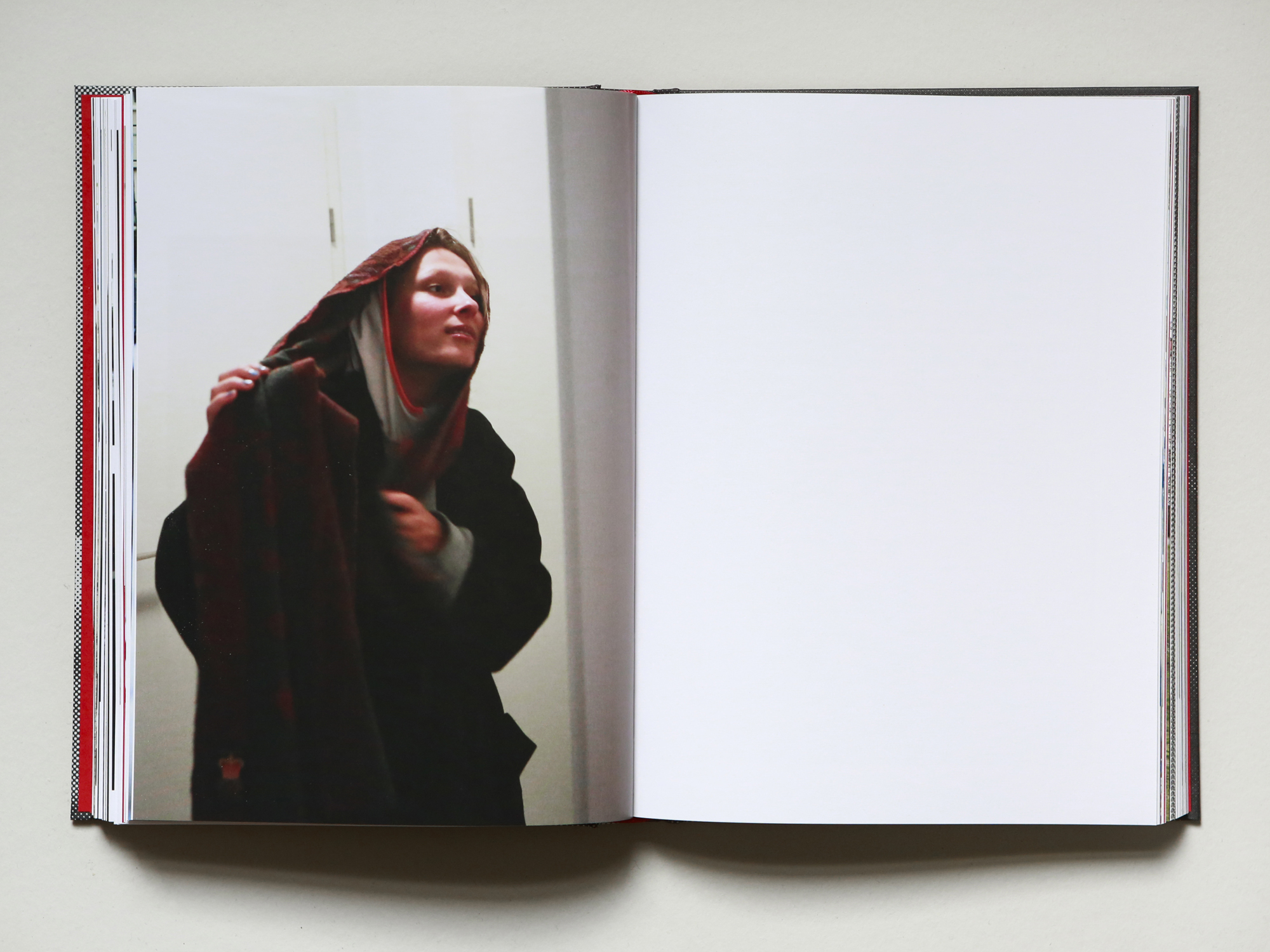




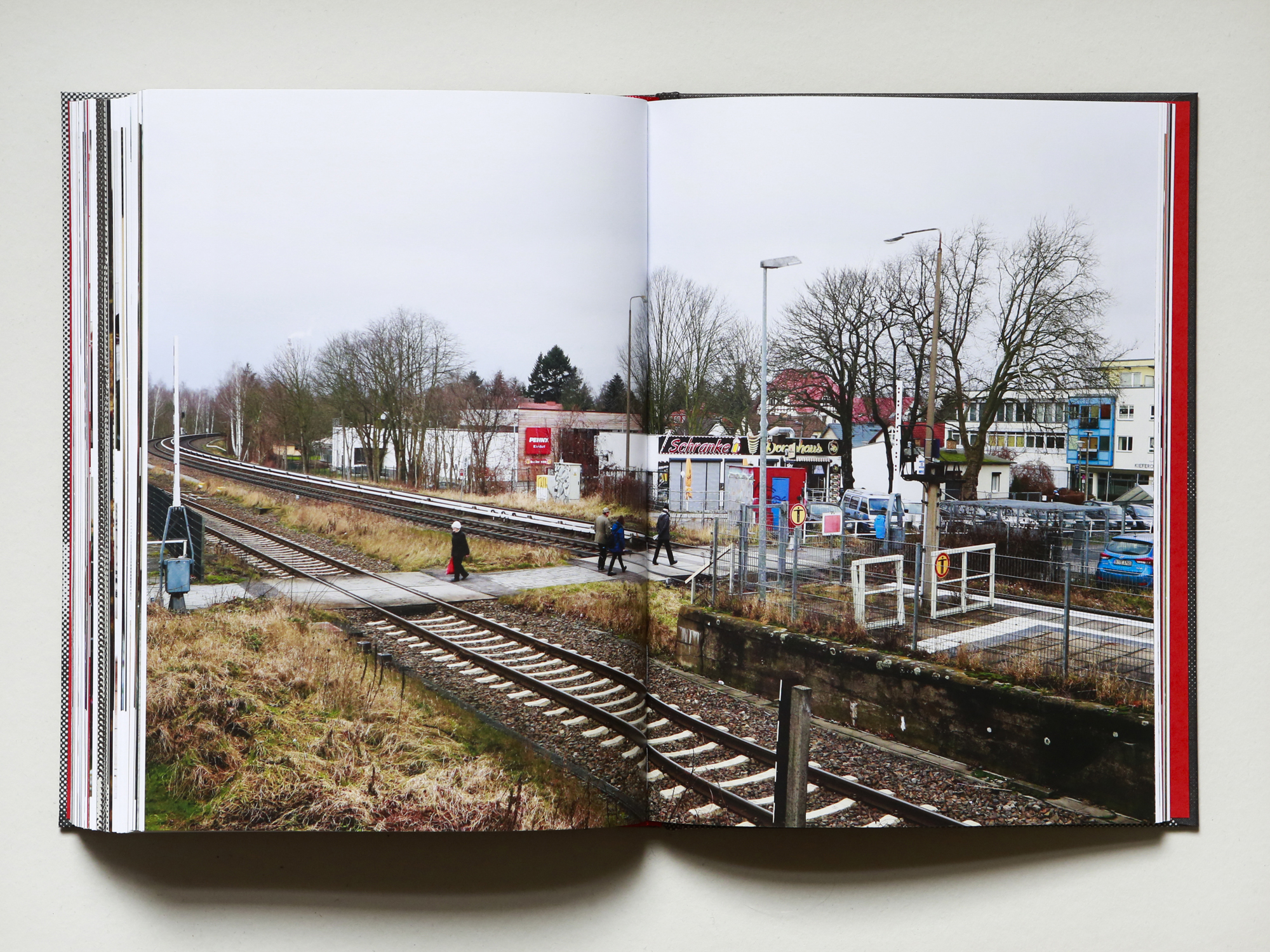

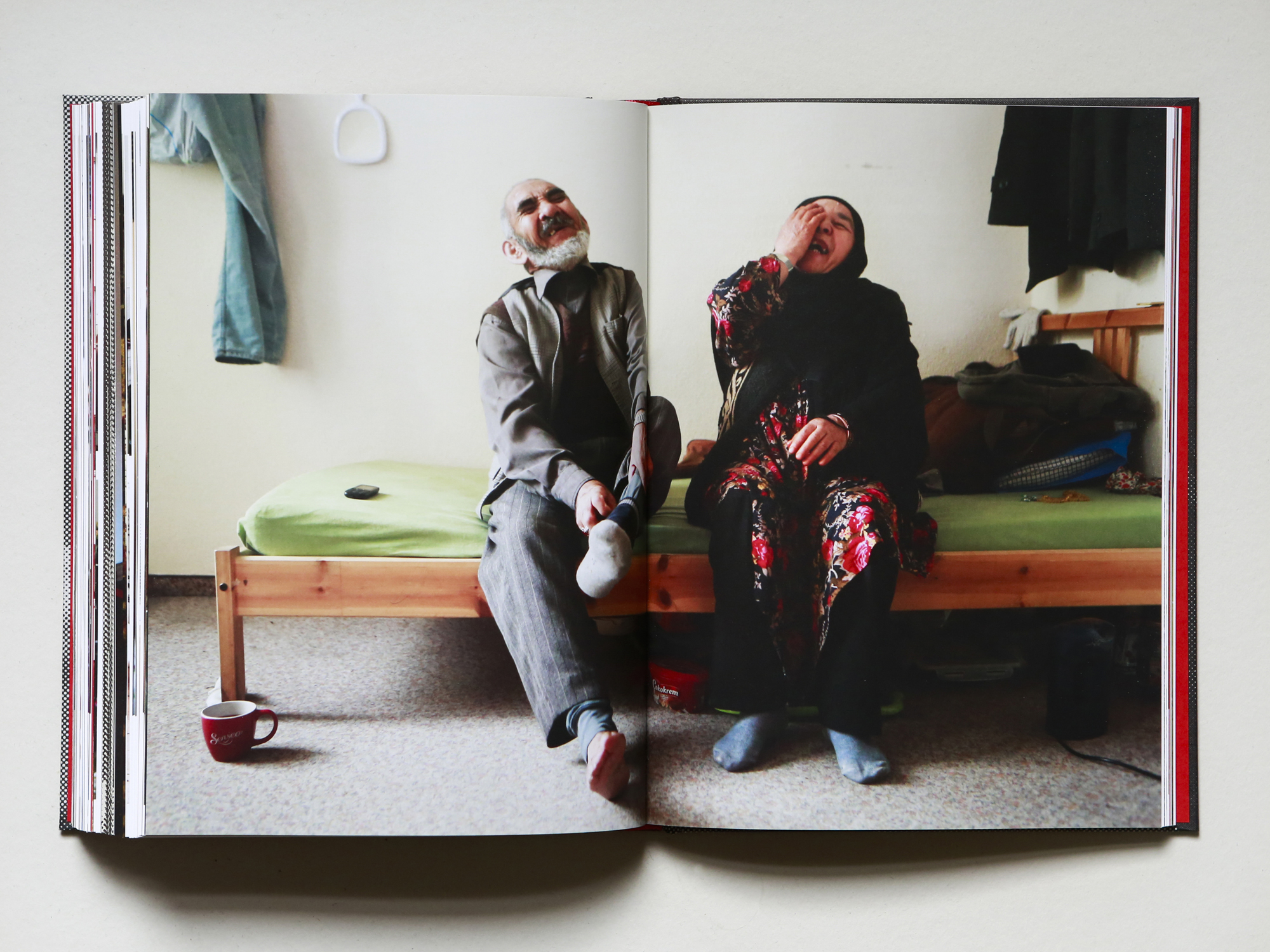
































Two
villages, one name; one Schönborn sits in Transcarpathia in Ukraine, the other
in Niederlausitz in Brandenburg, Germany. By chance they share a name but, at
first glance, little else. The tiny Ukrainian village of 300 people was named
after a 17th century Earl who settled German farmers and craftspeople in the
then Austrian Empire's empty outskirts; the small German town was named after a
still active natural spring. As the towns evolve, the Ukrainian village has
been settled by ethnic Ukrainians and German is only occasionally still heard
on the one main road. The German Schönborn is being reinvigorated by people
immigrating back to the small towns outside of Berlin as well as by a small
refugee population being housed in vacant prefabricated post-war buildings.
Under
Alexa Vachon's watchful eye, similarities, differences and shared
characteristics reveal themselves. Both villages experienced mass emigration in
the early 1990s, after German reunification and Ukrainian independence, but
managed not to be swallowed up by nearby towns. What does the future hold for
each village as people around the world settle in large cities? How do national
identity, language and religion present themselves in each village's customs
and traditions? The project Schönborn – Parallel Living traces the
people who make a place a home.





